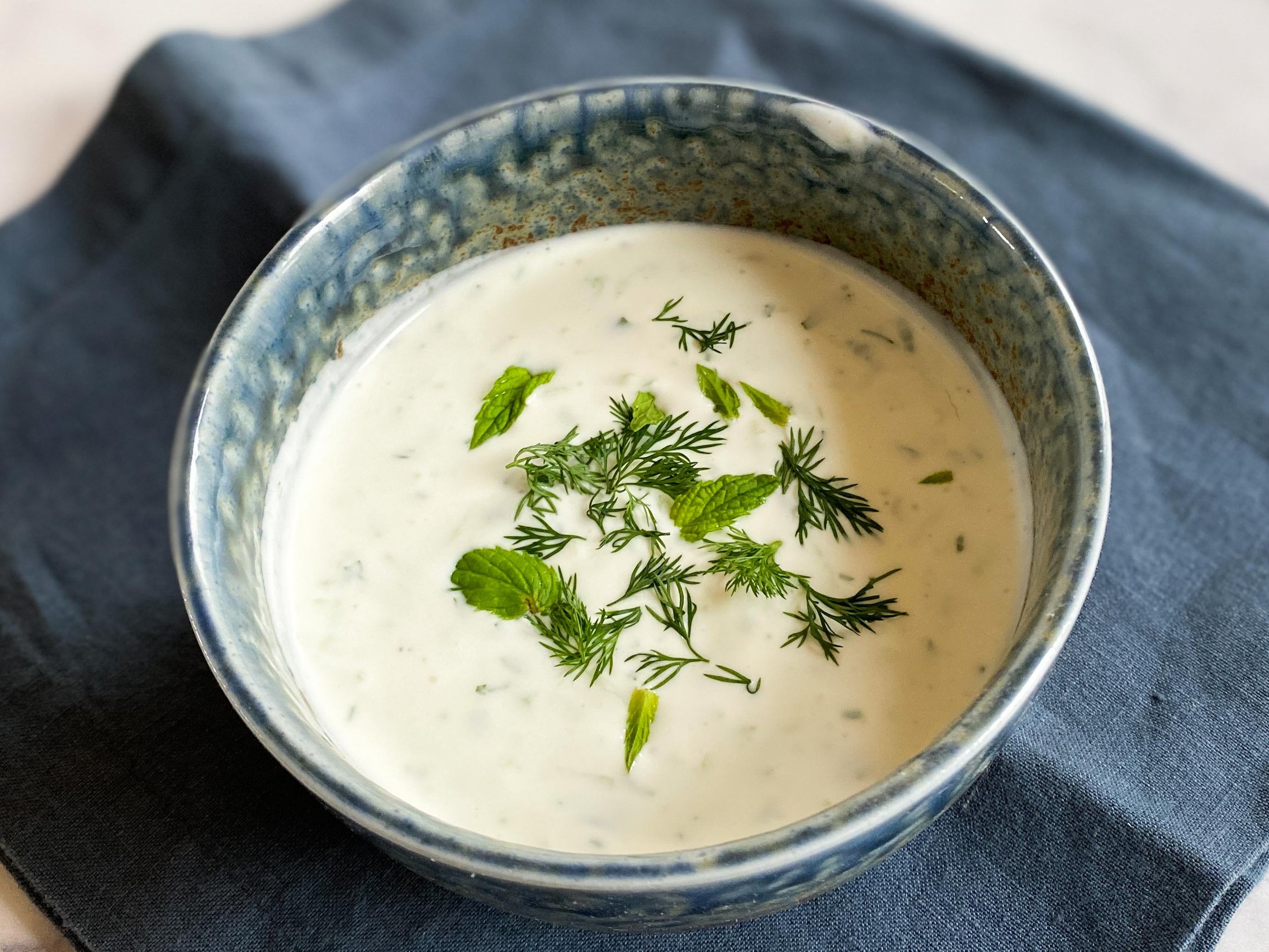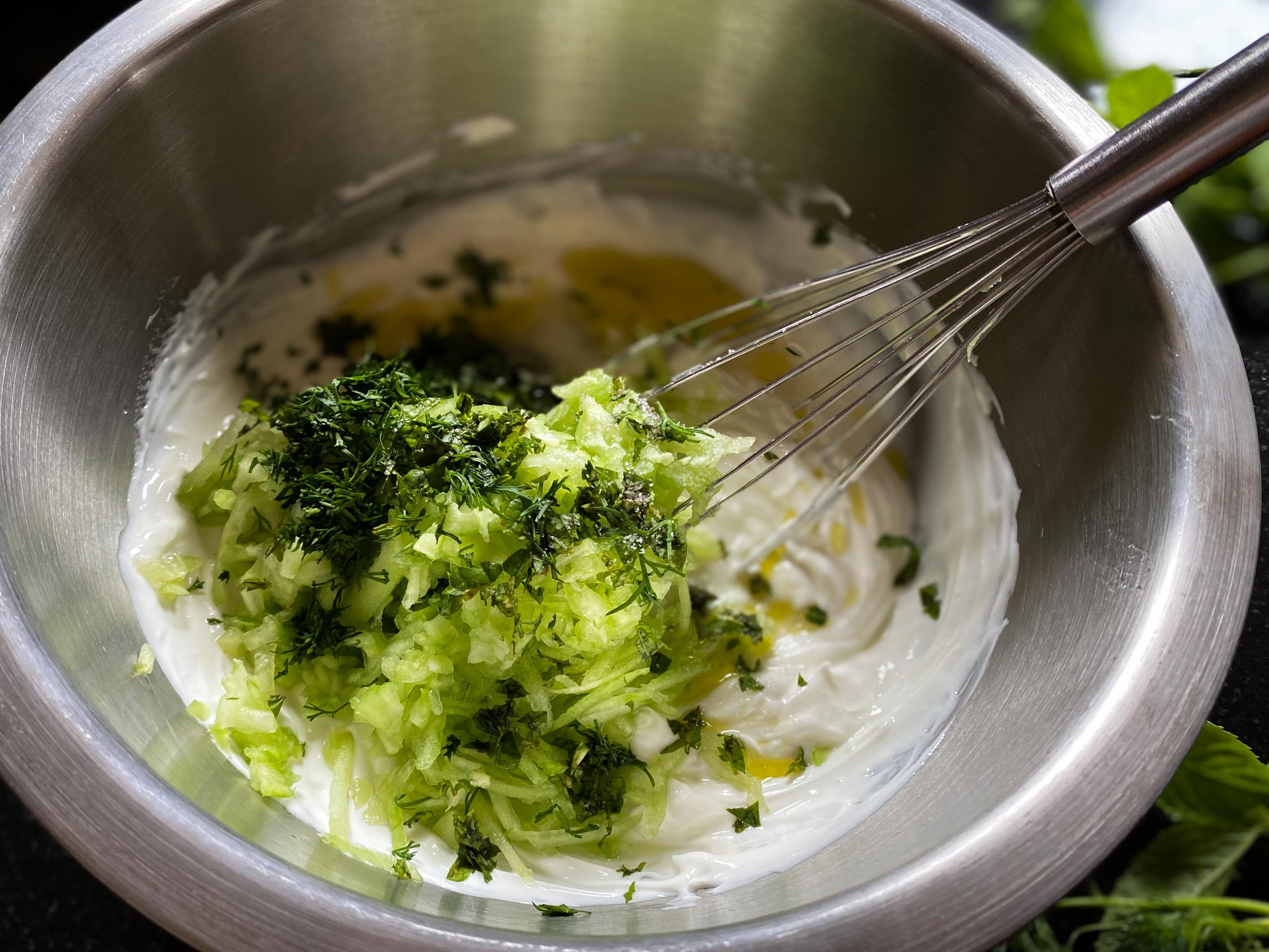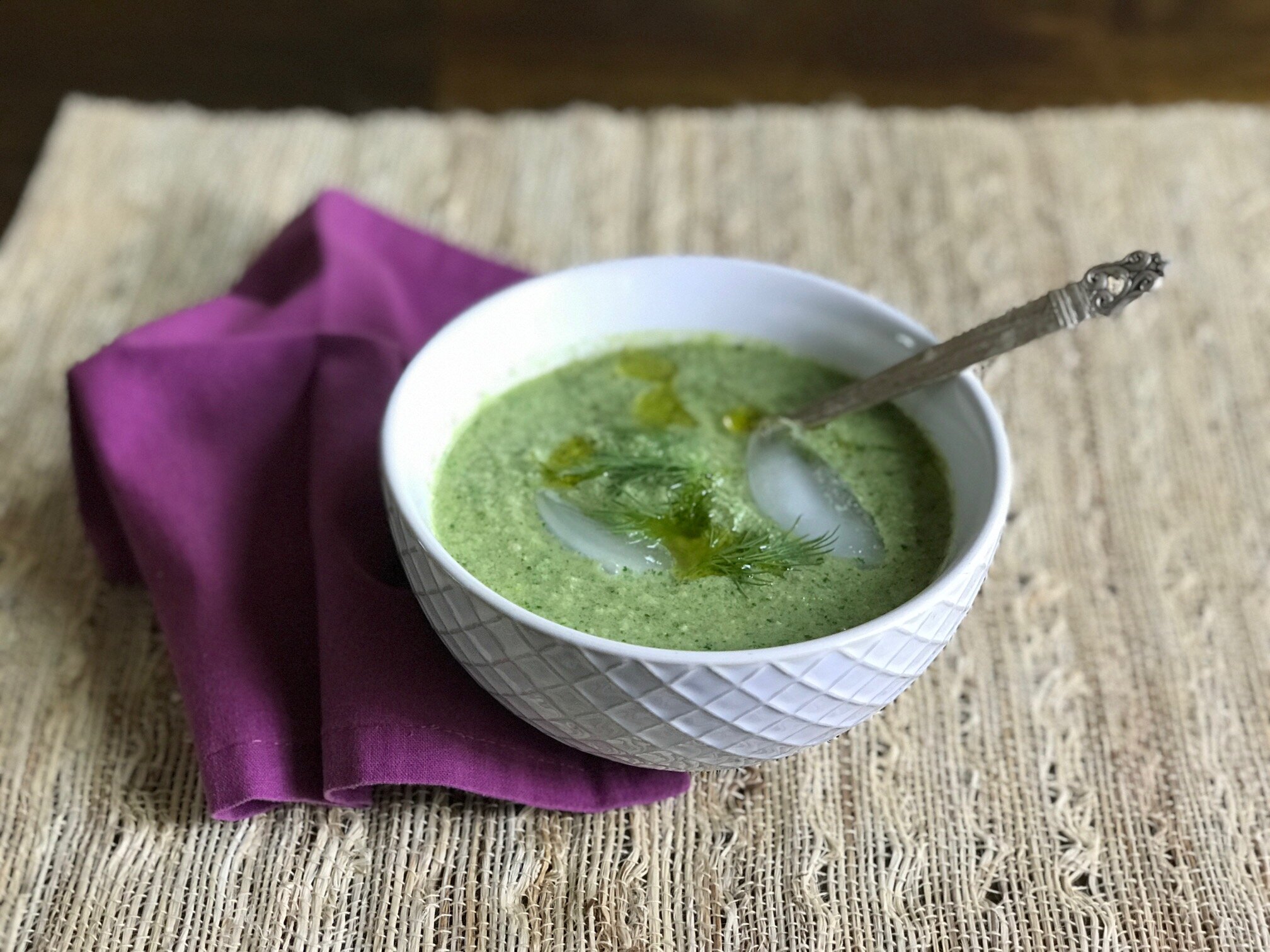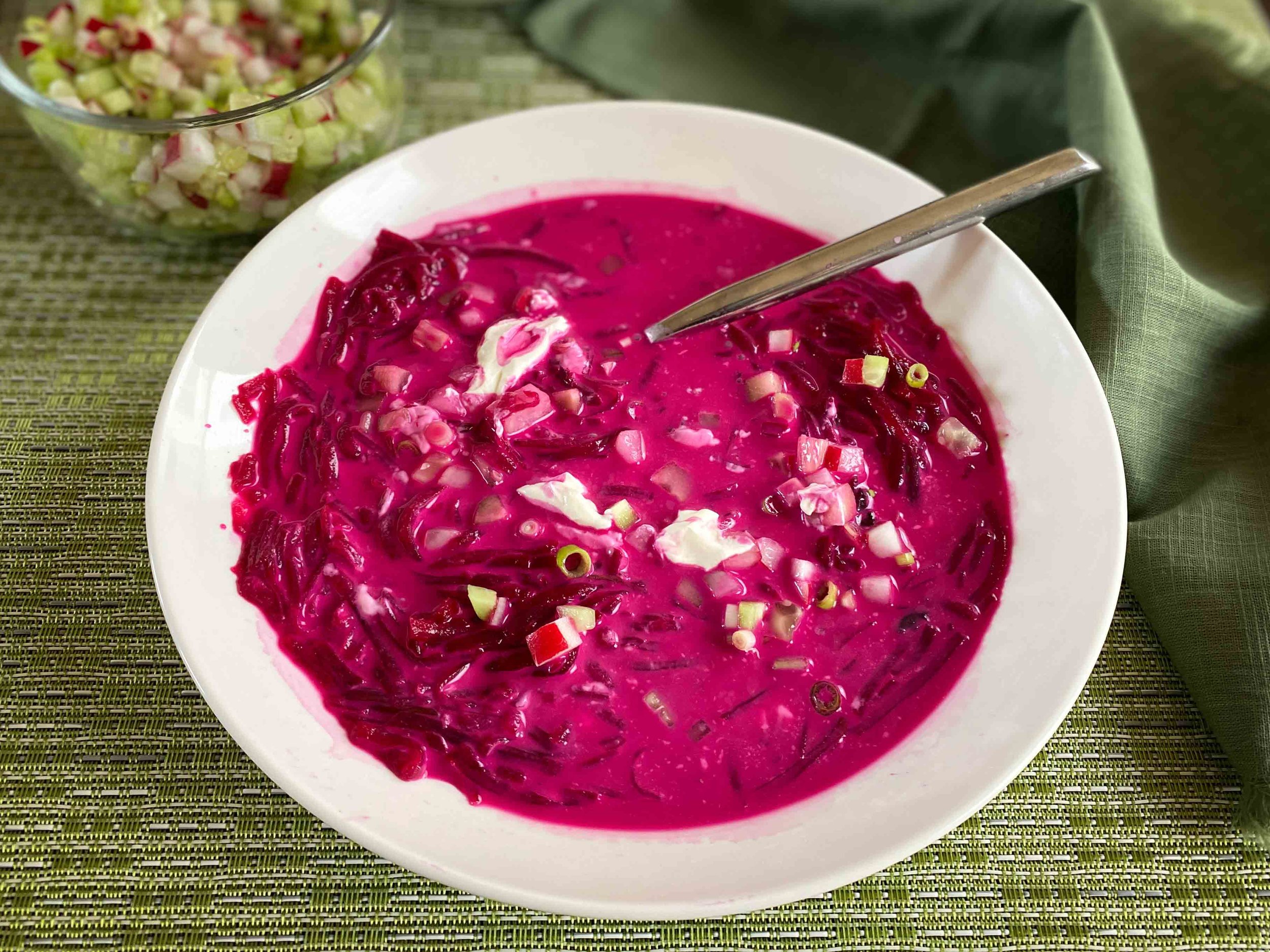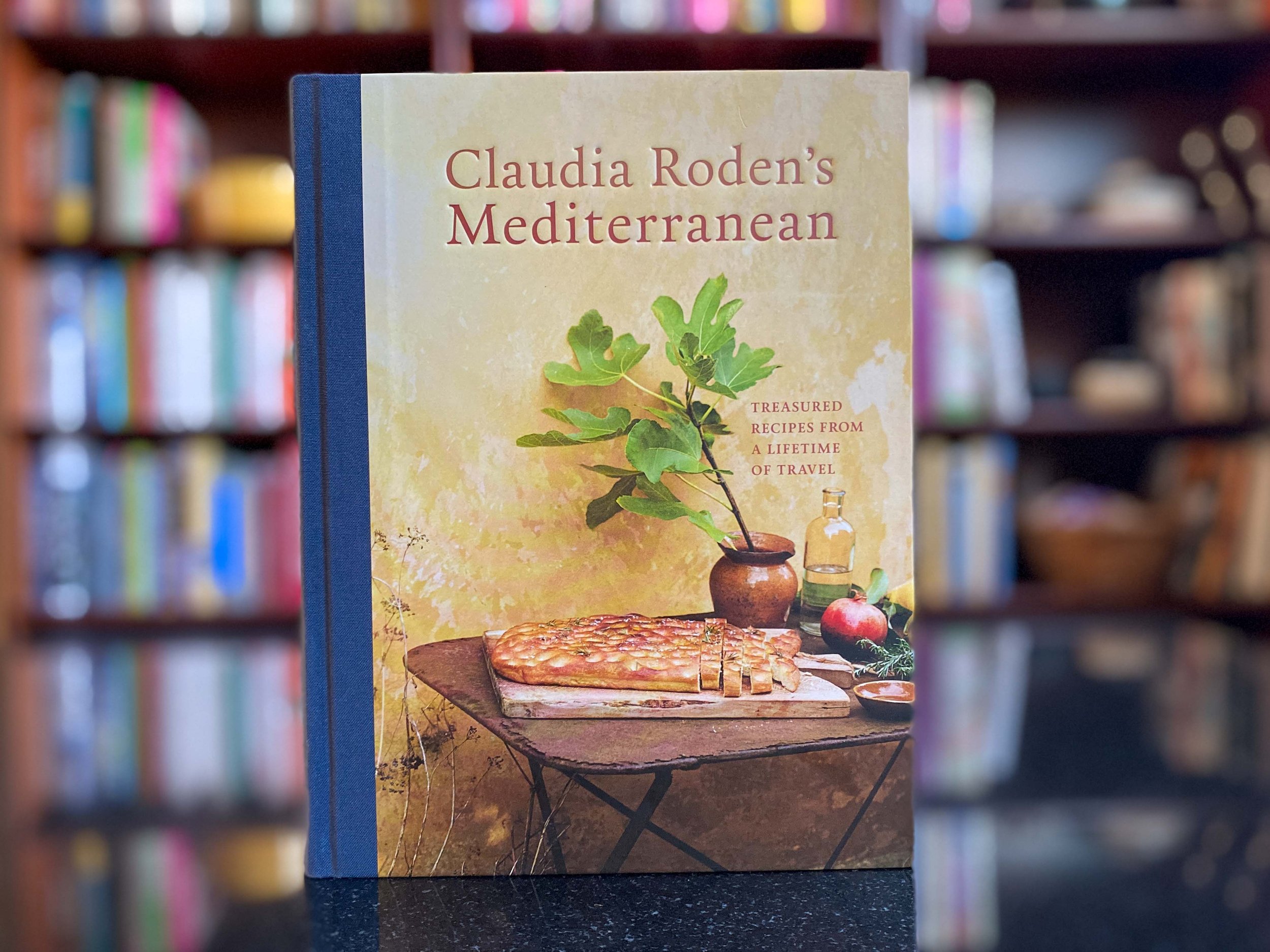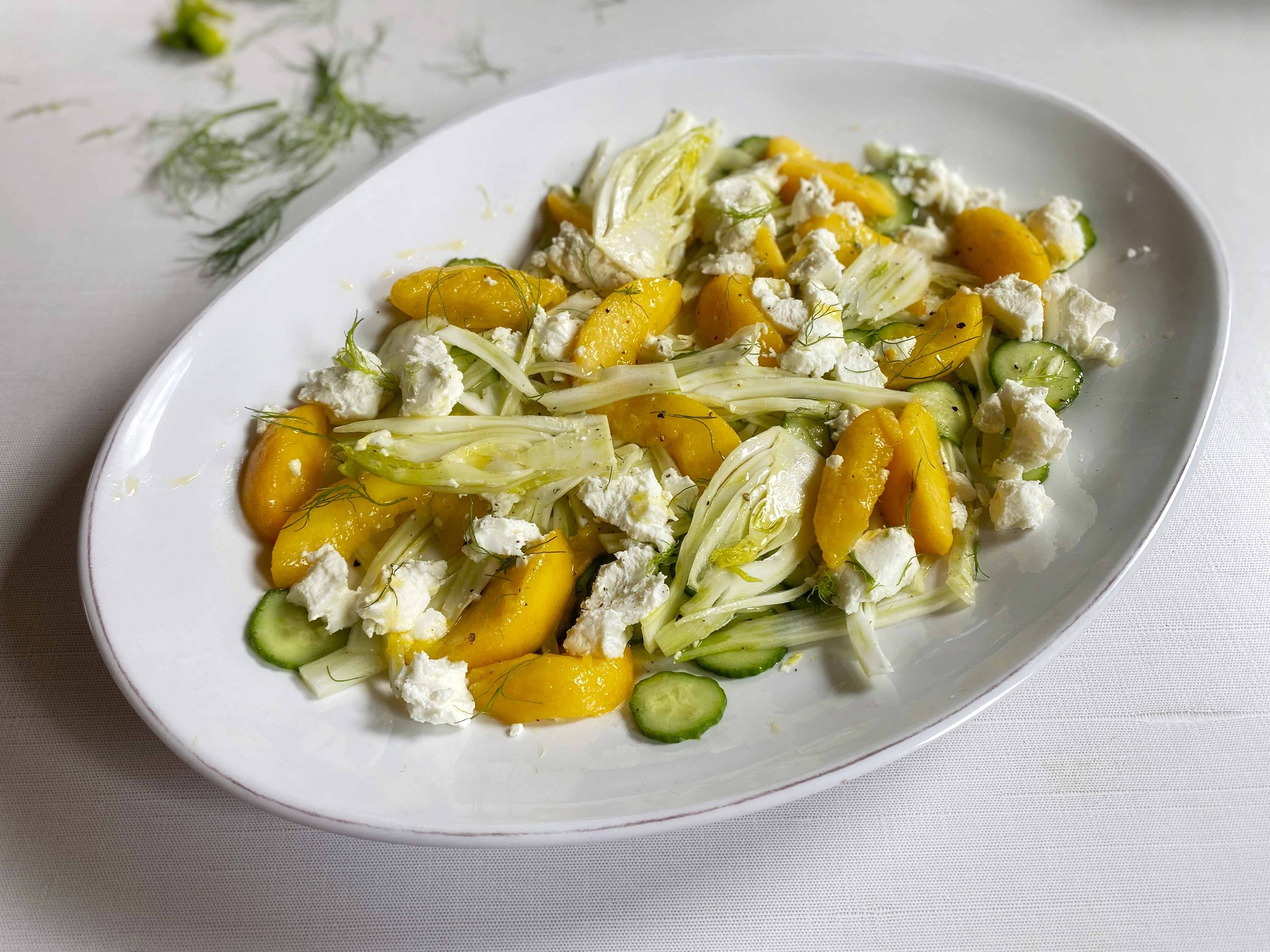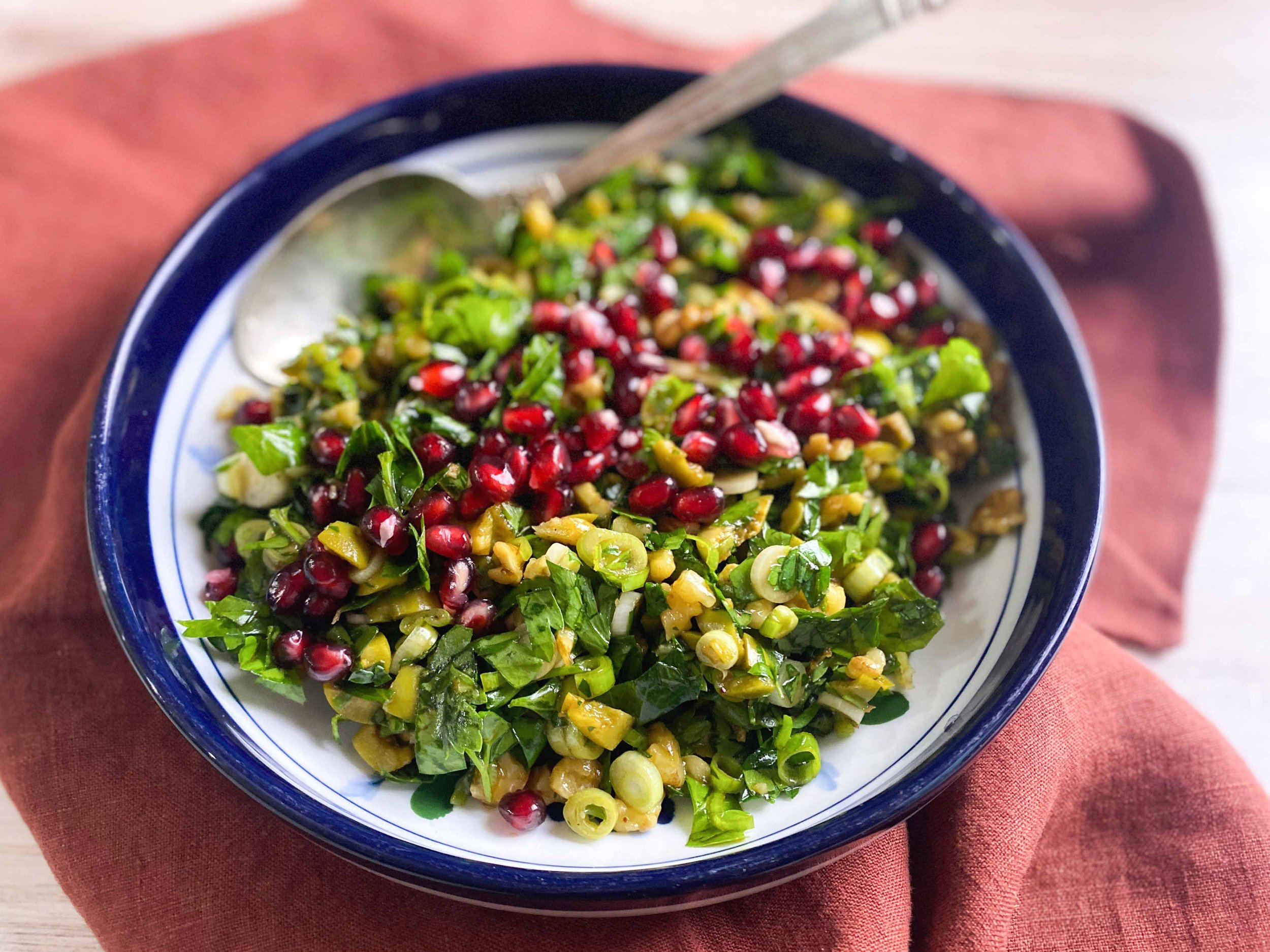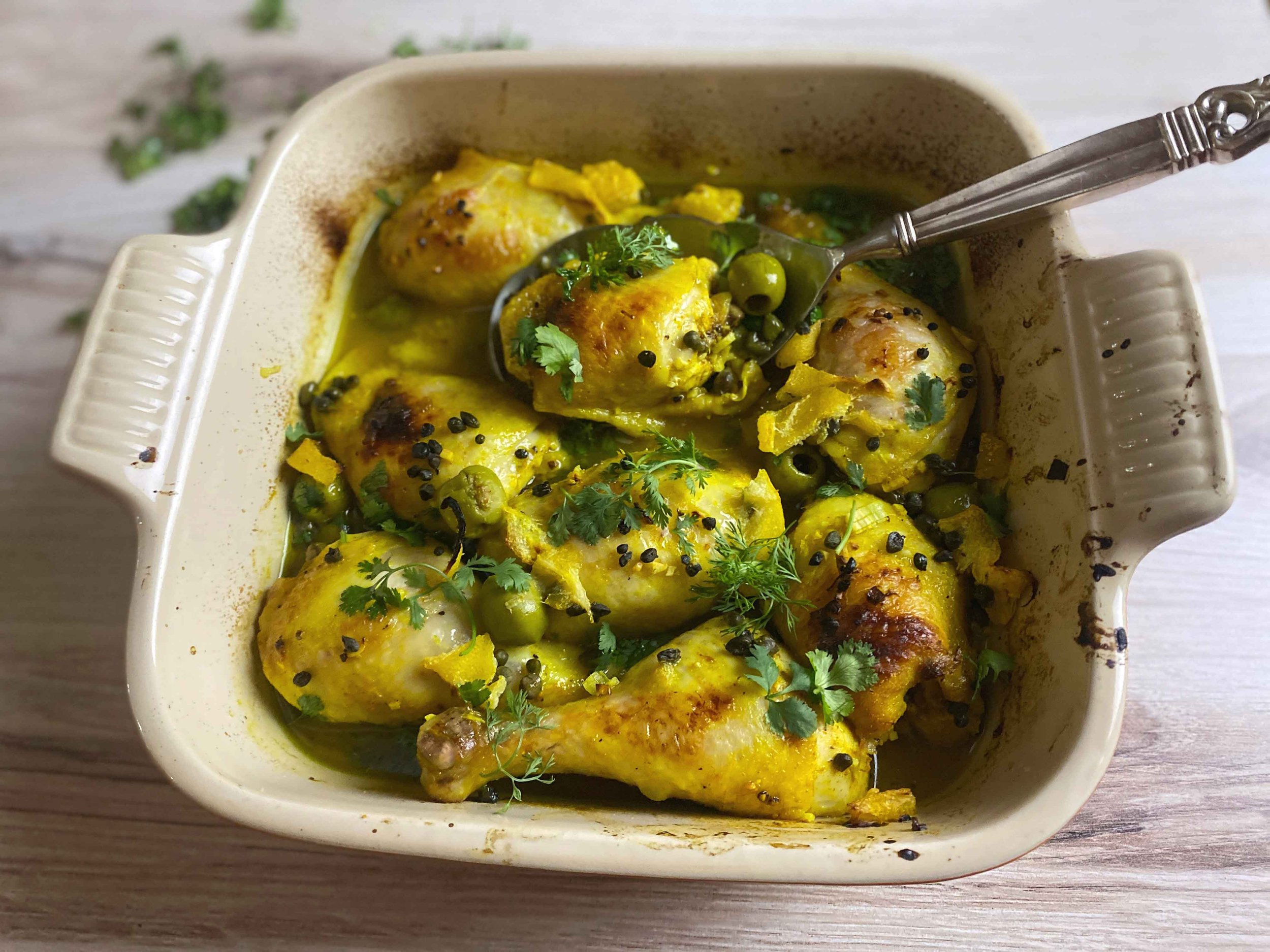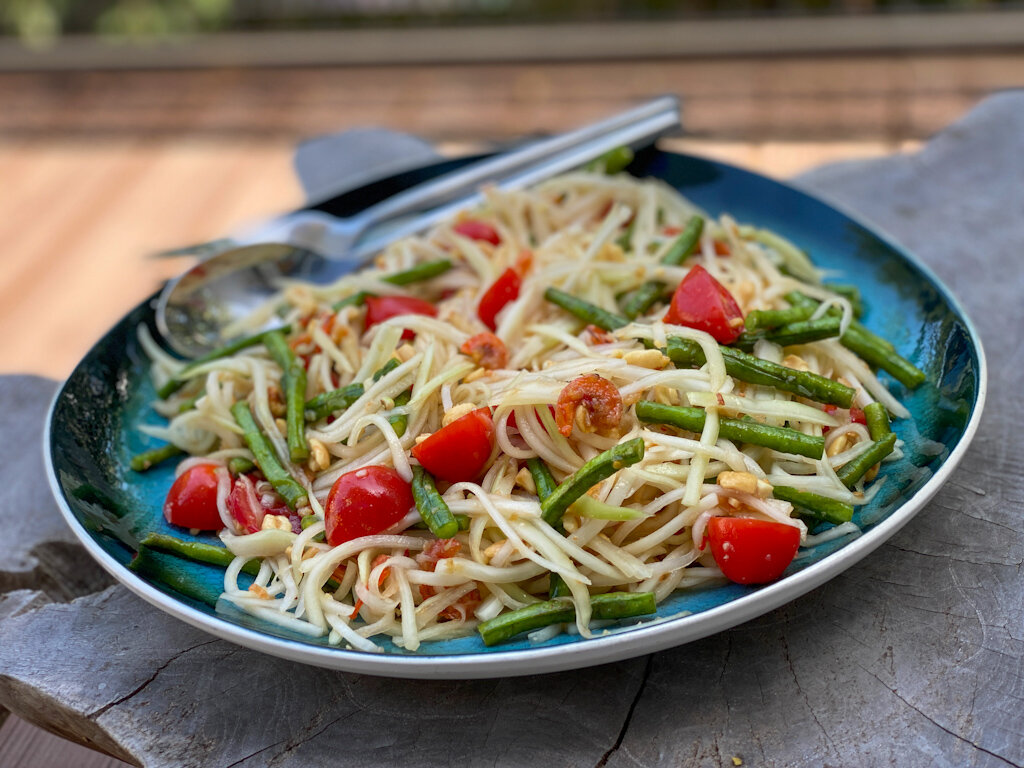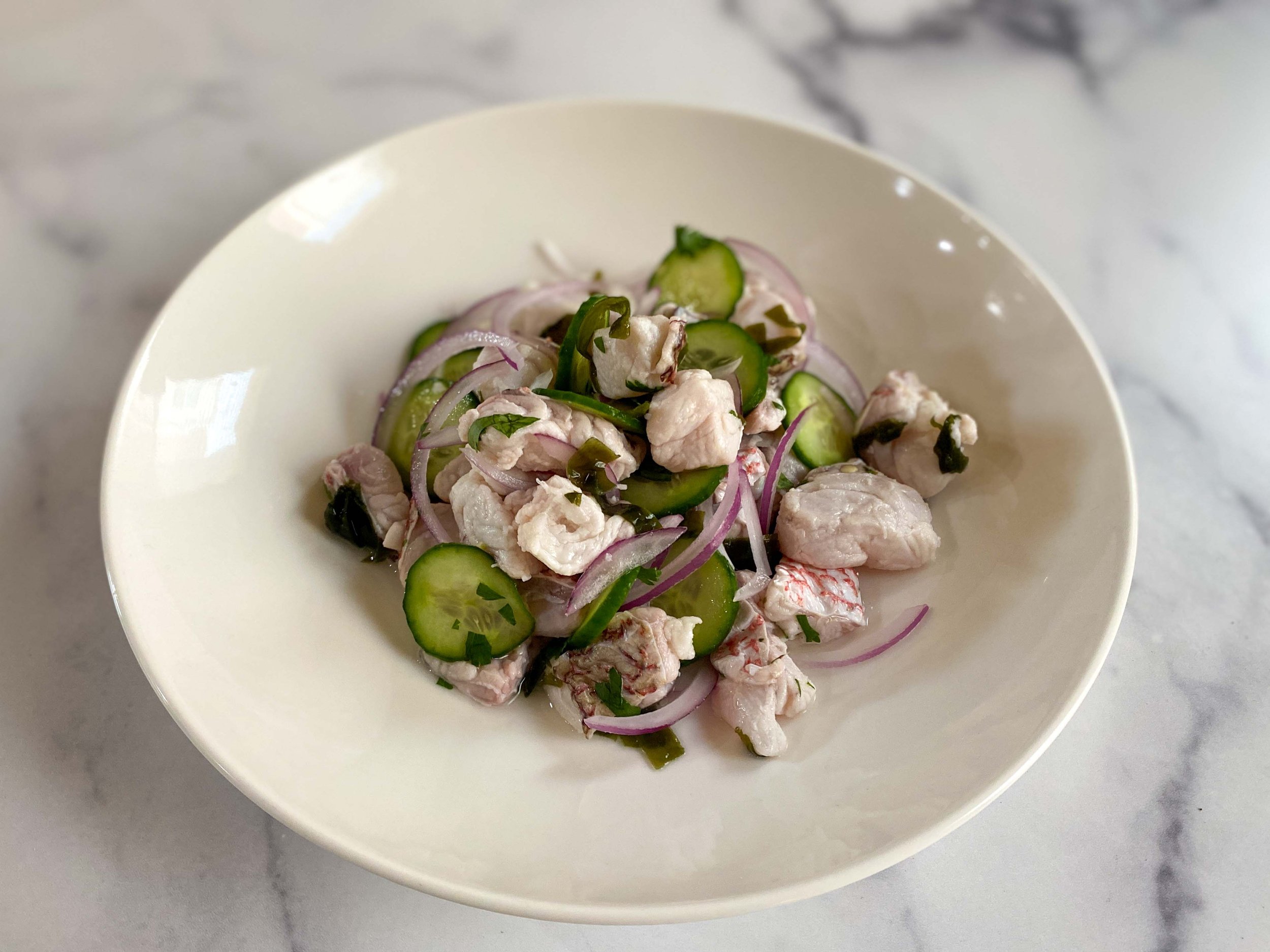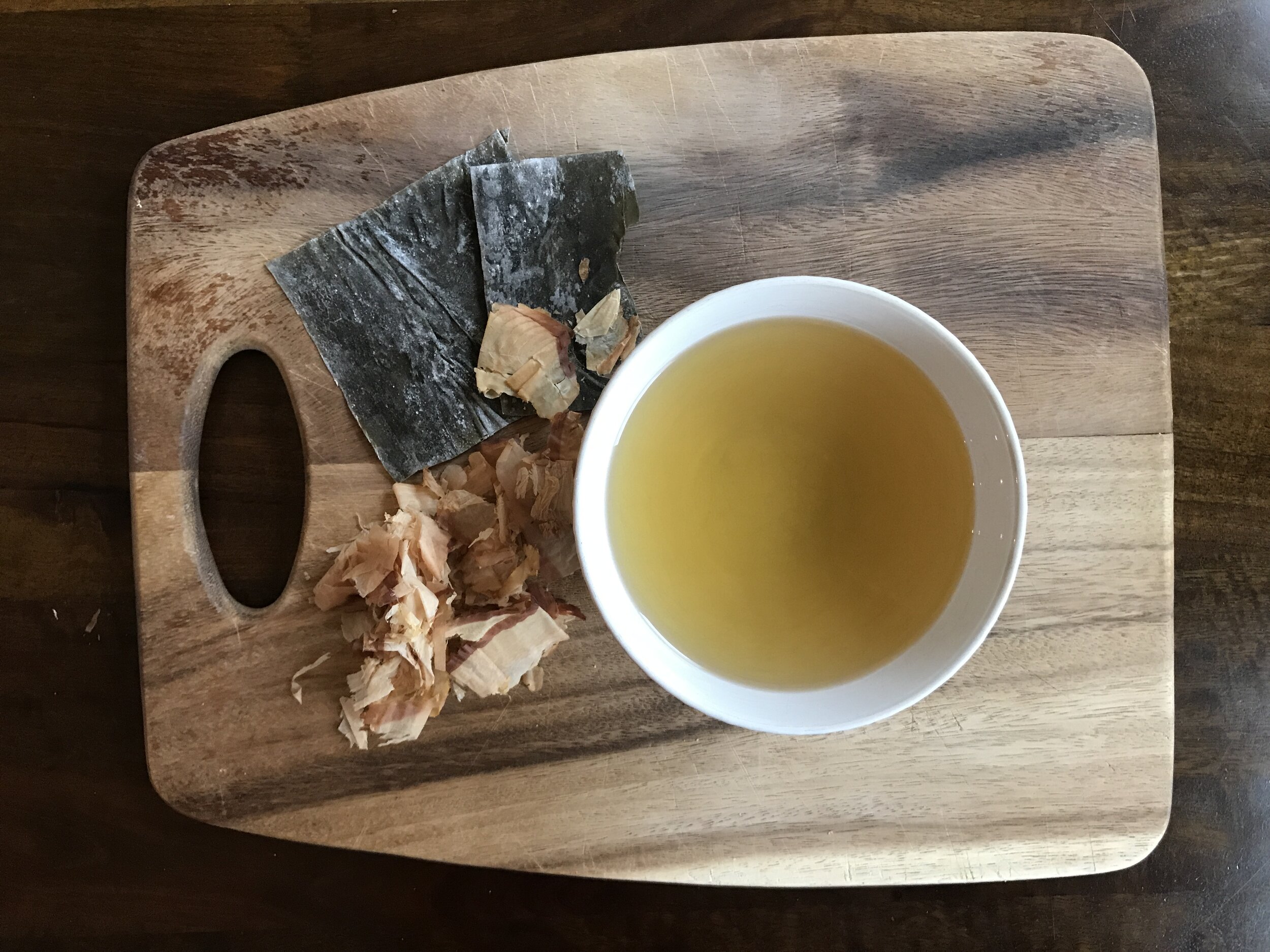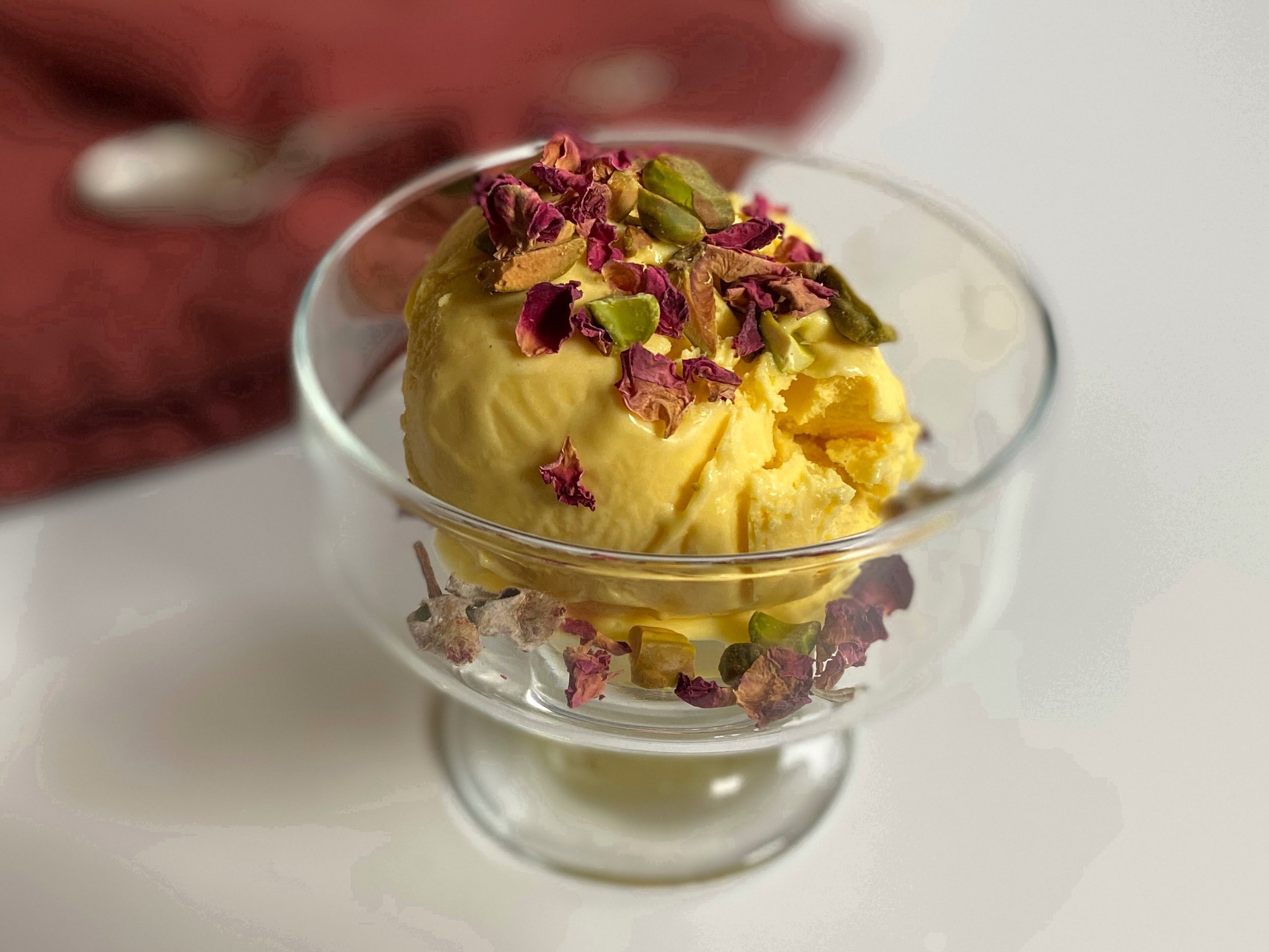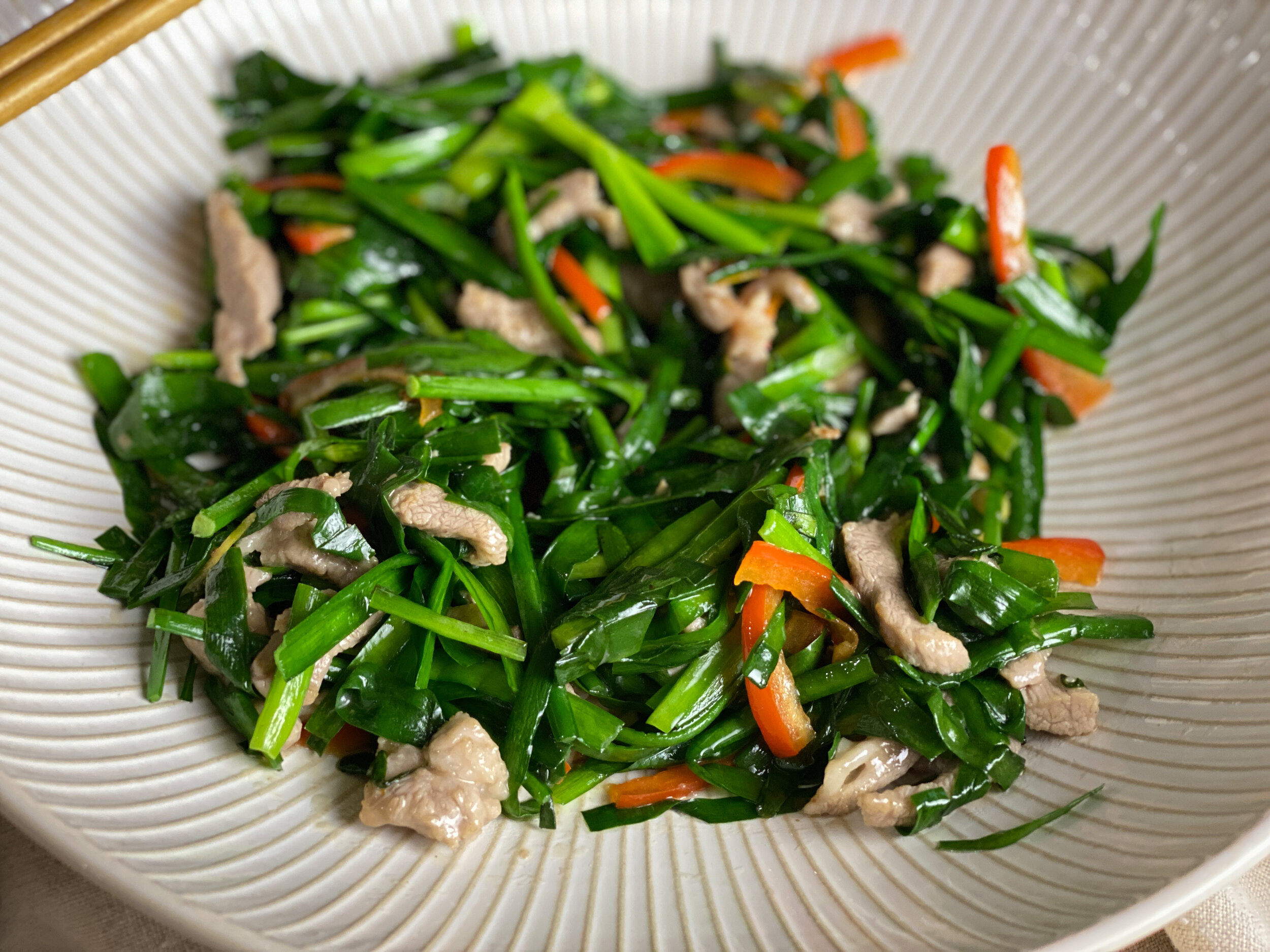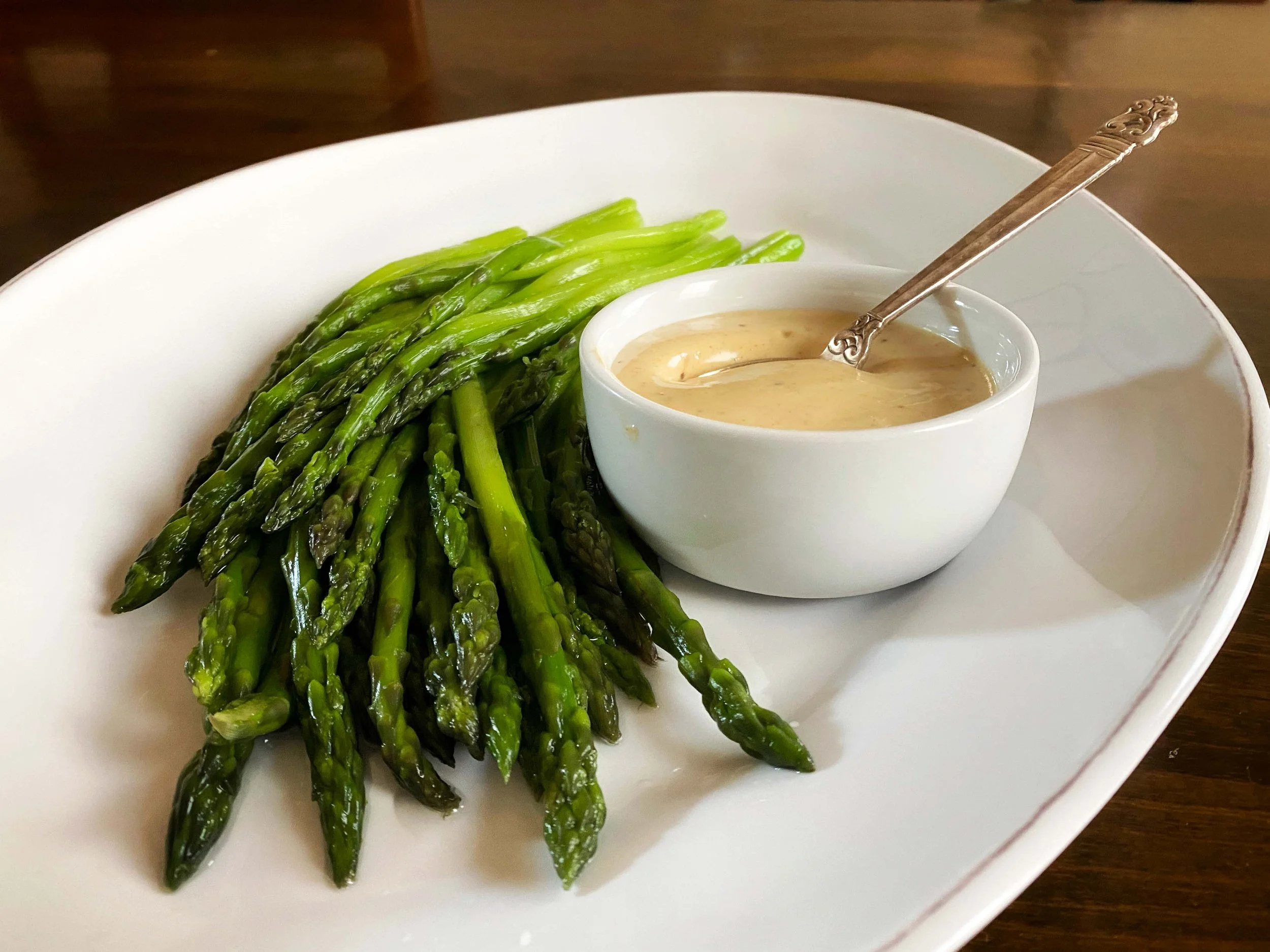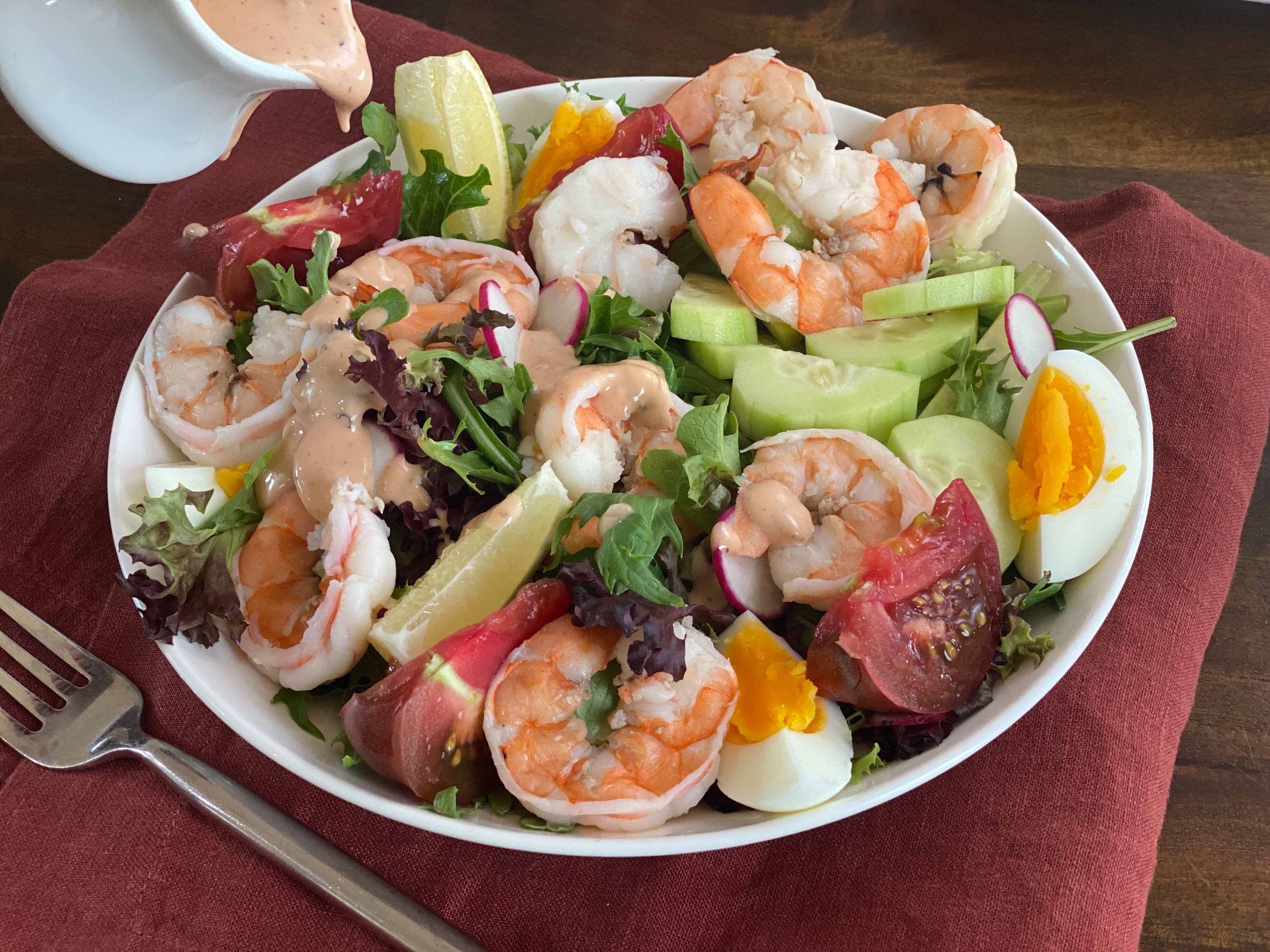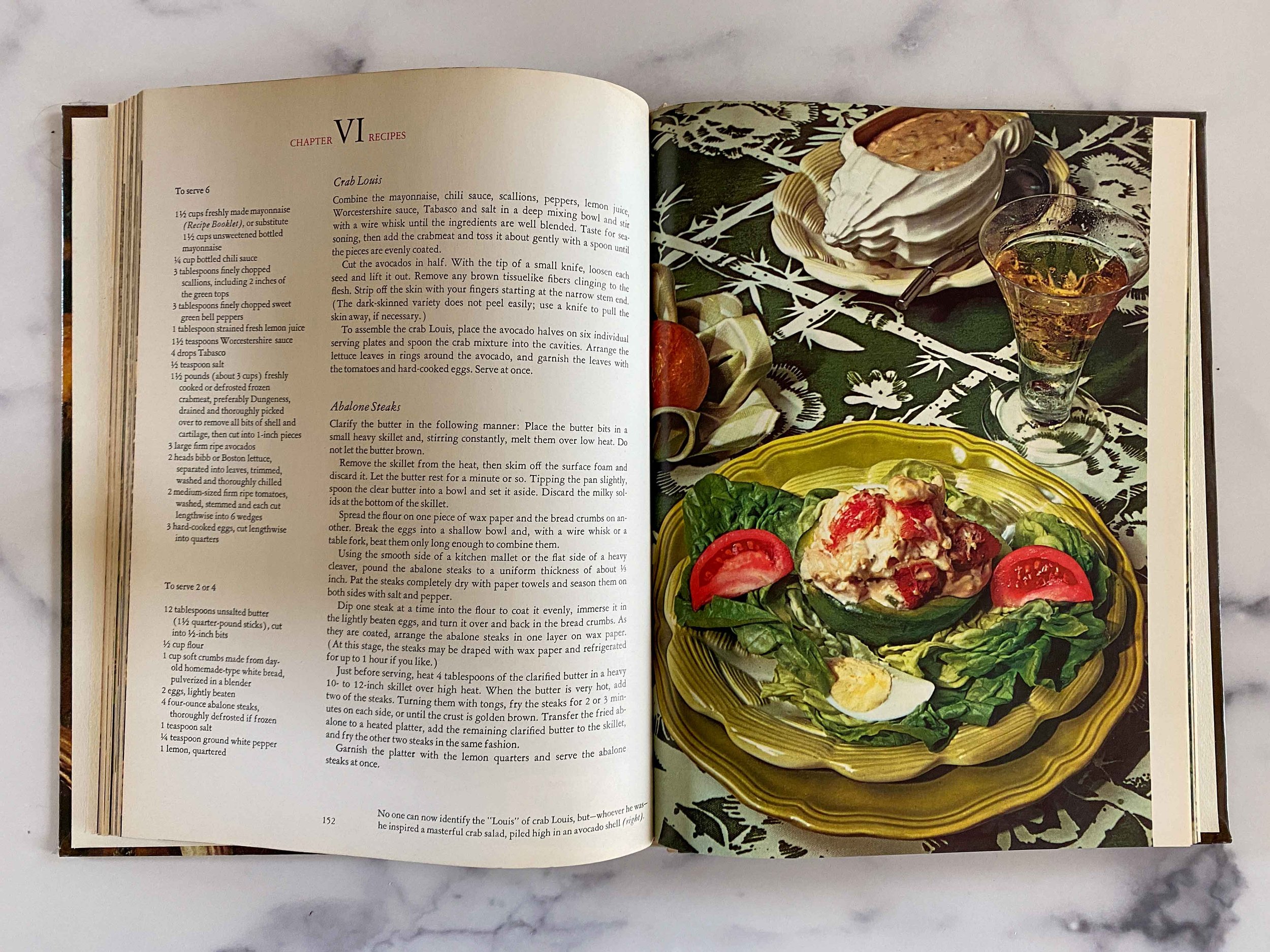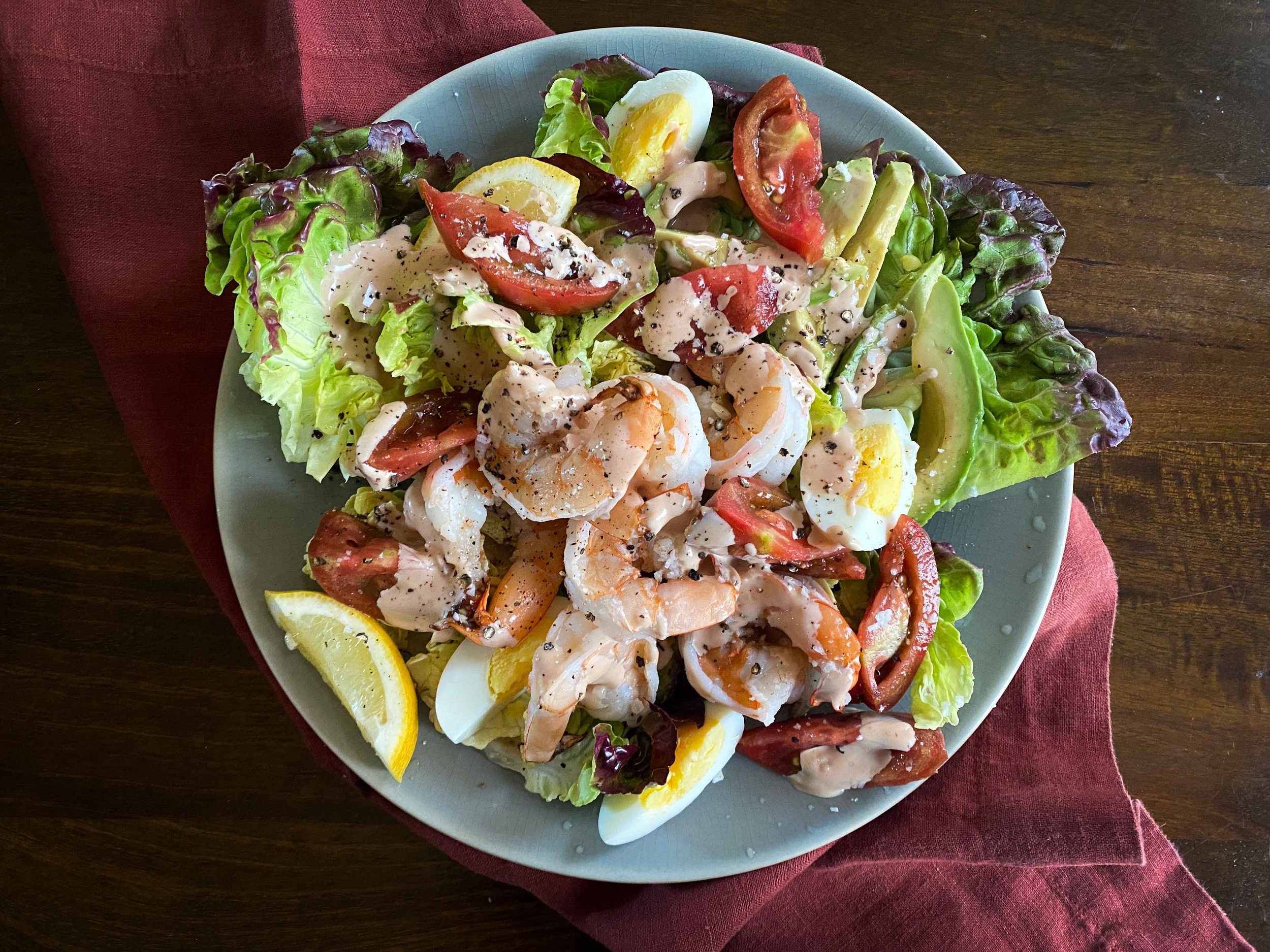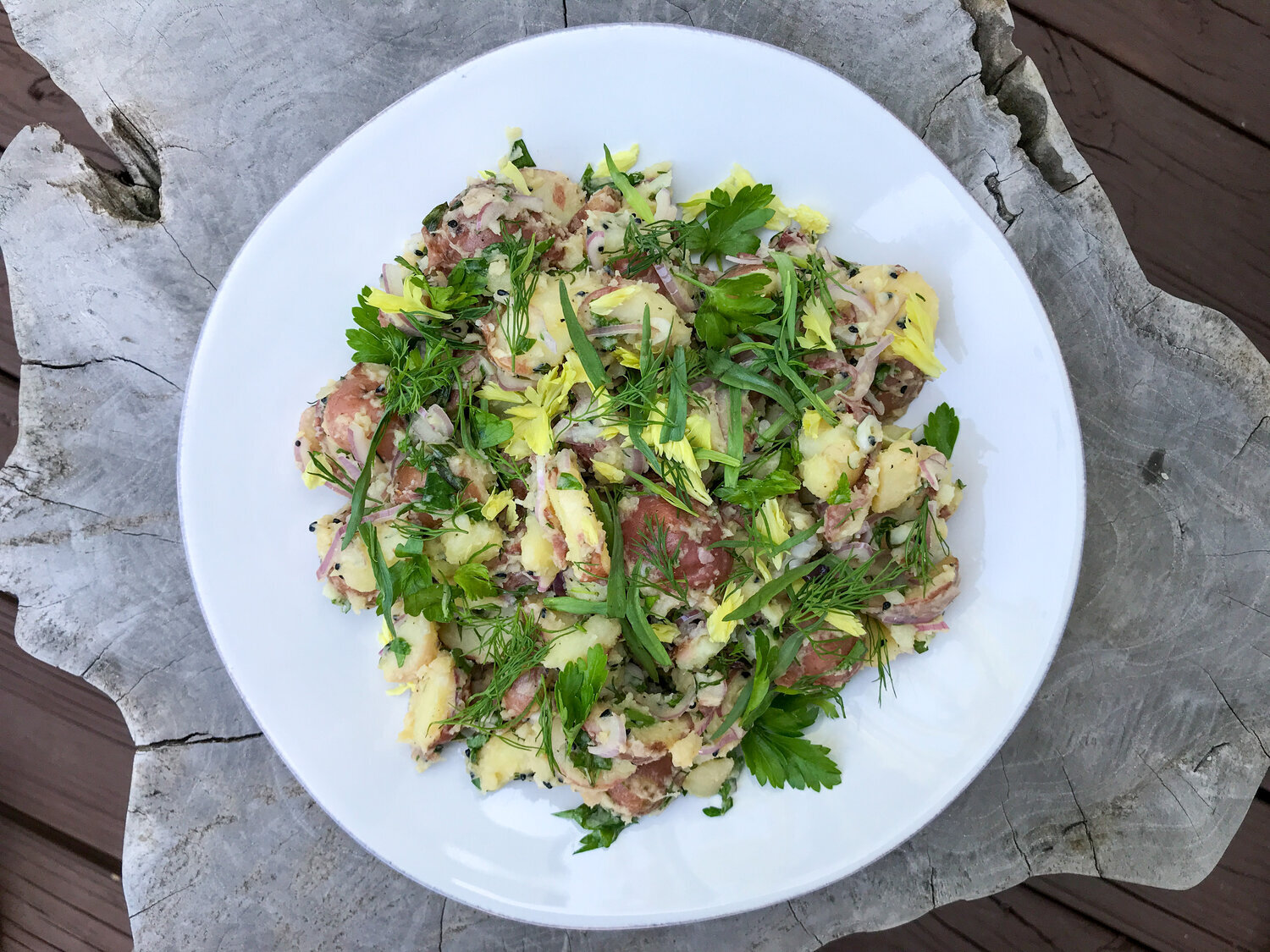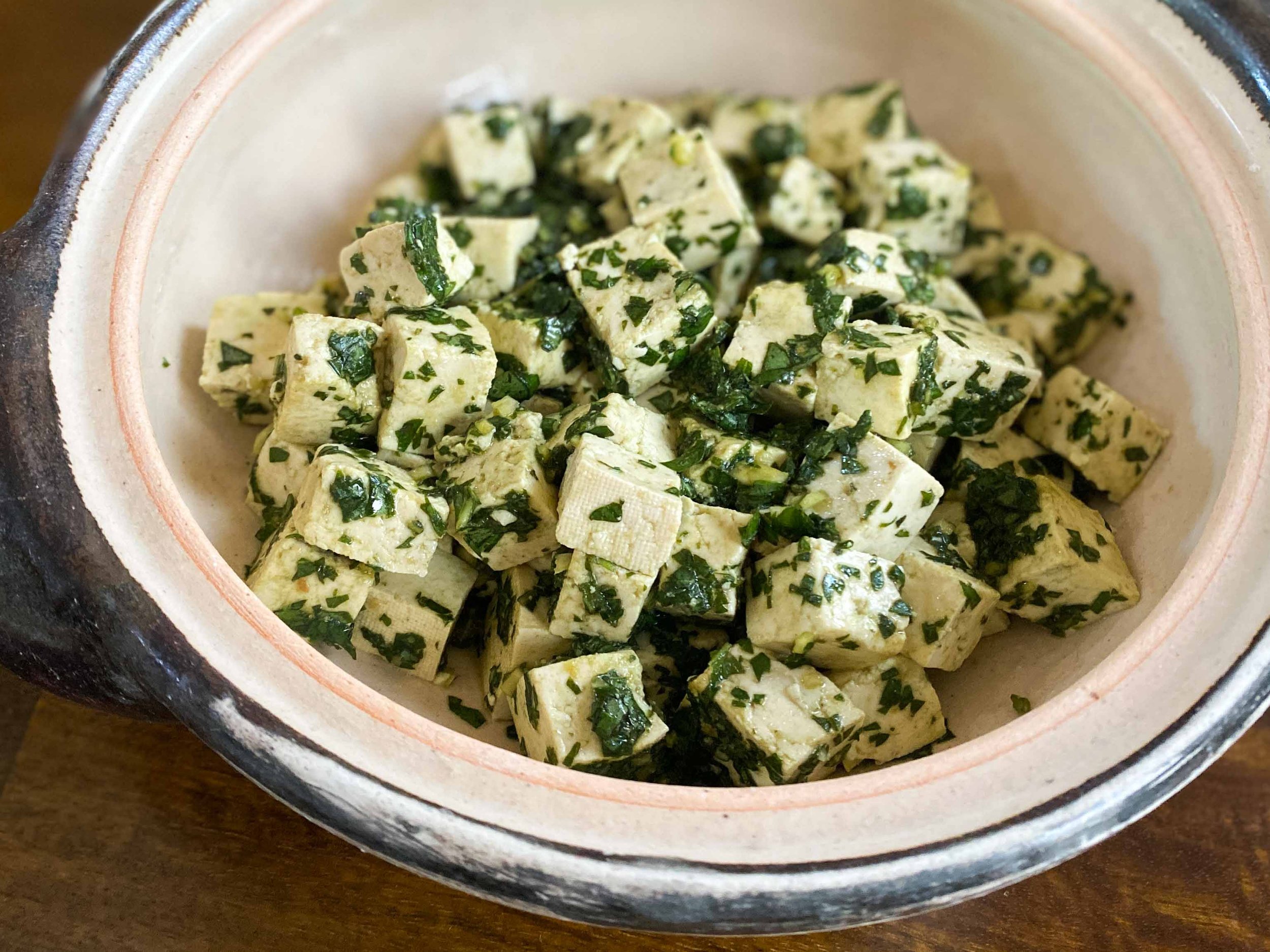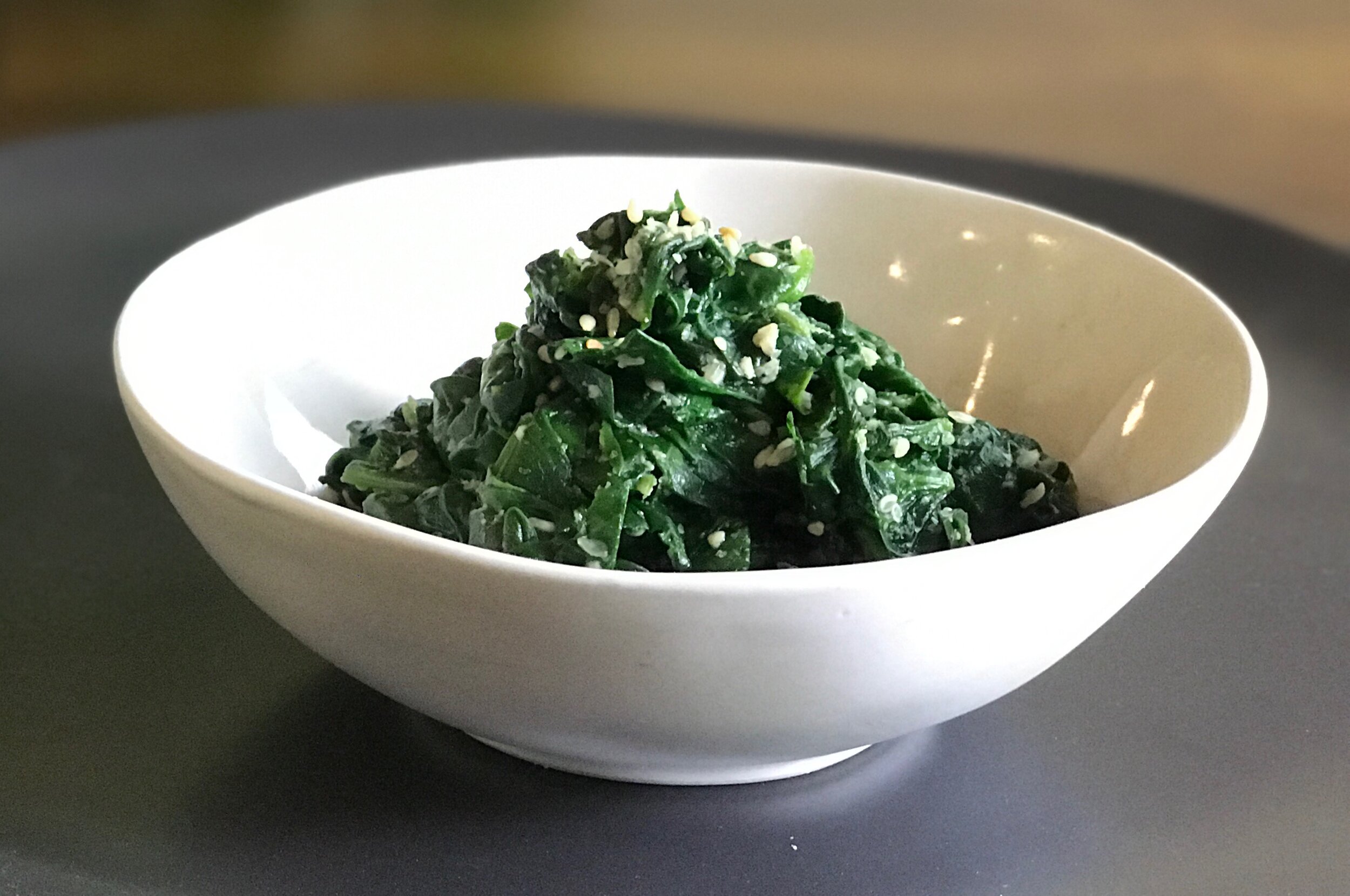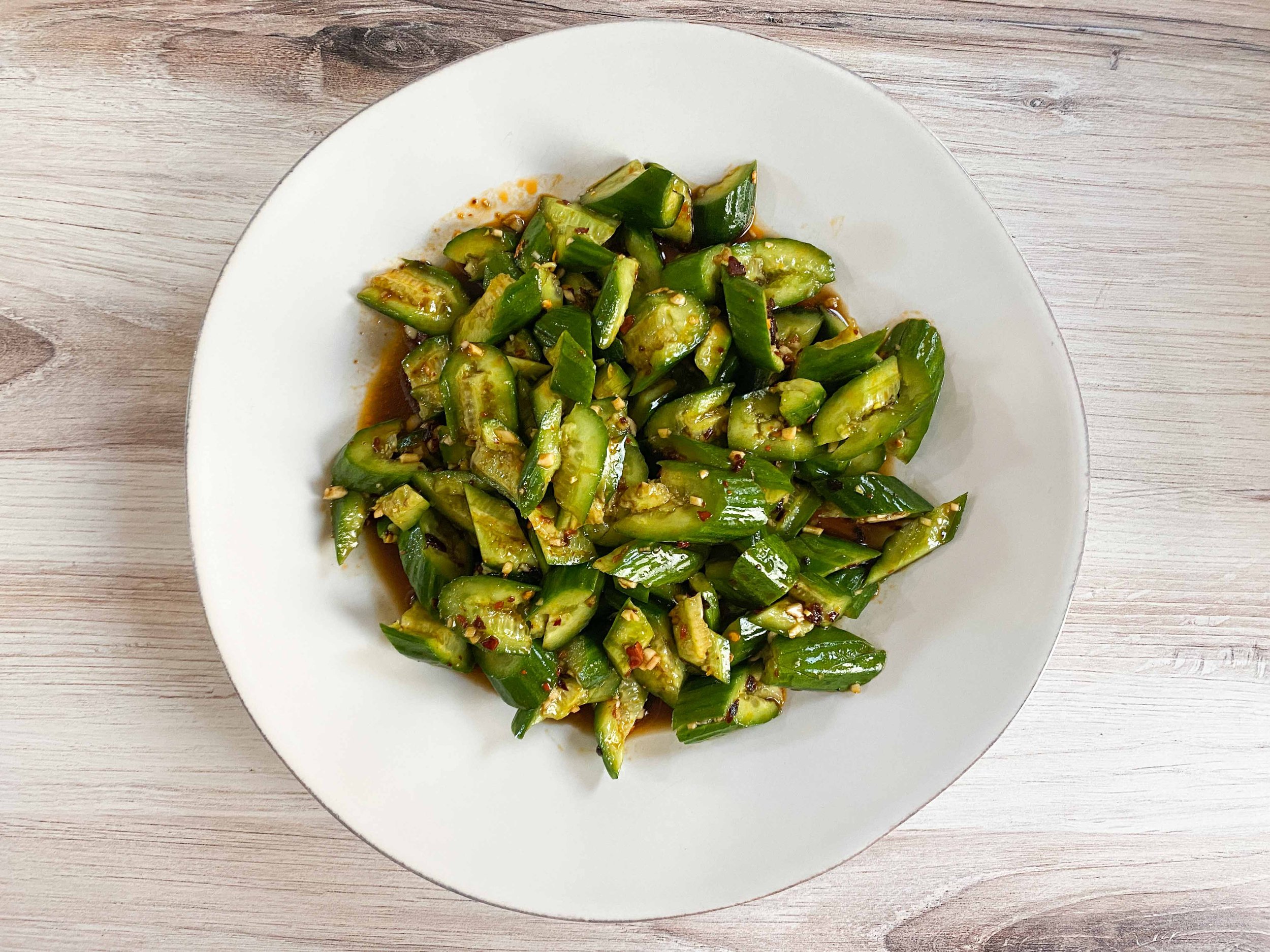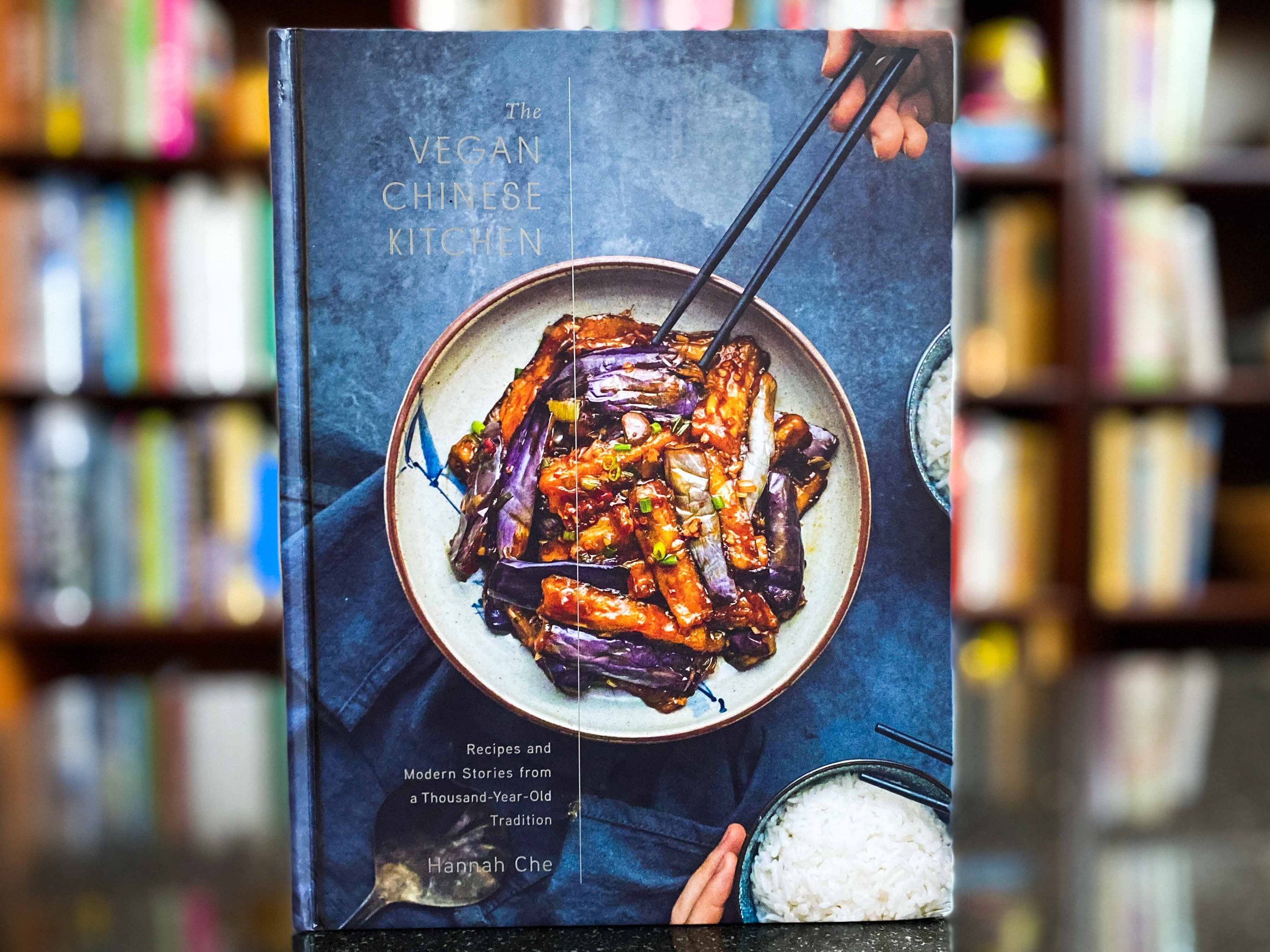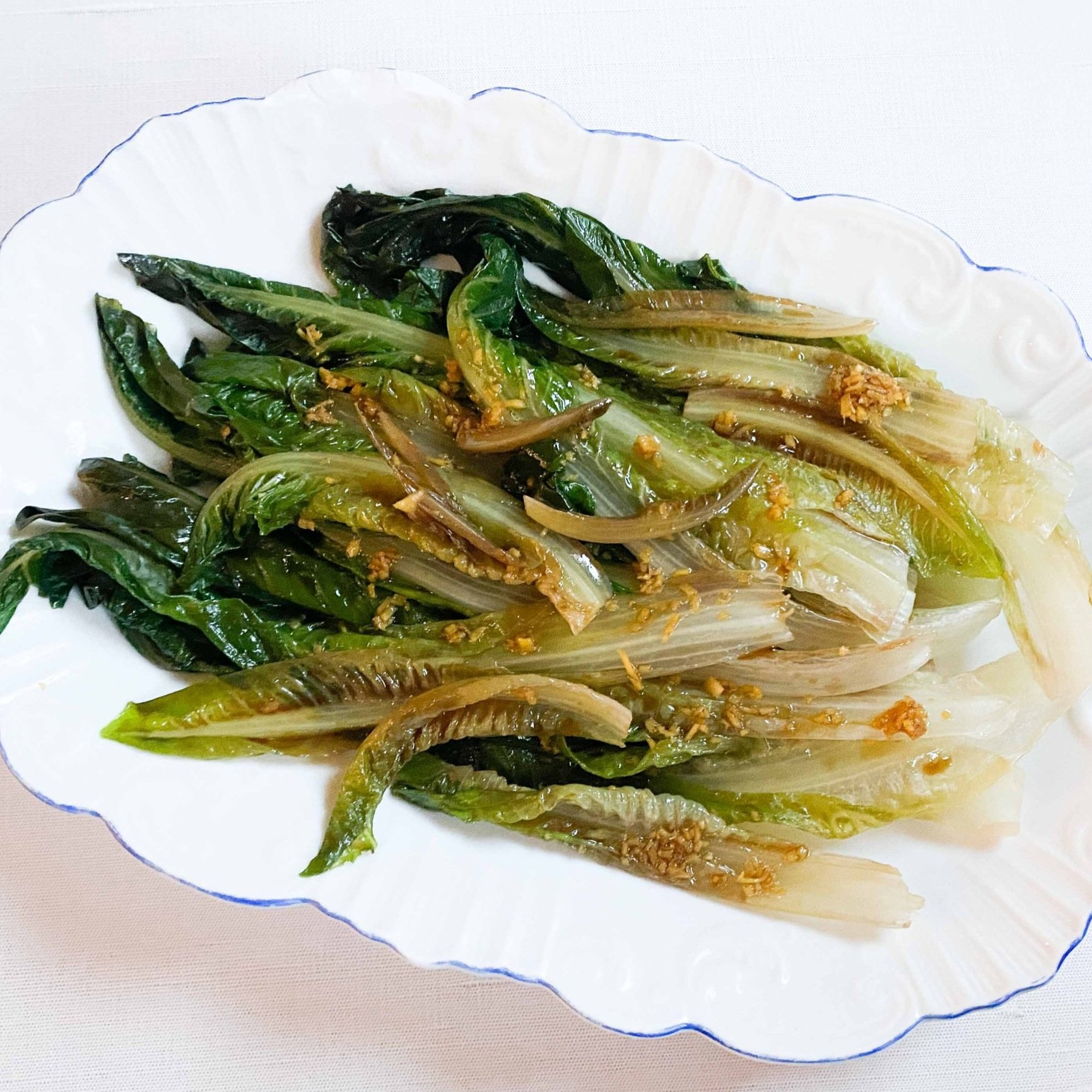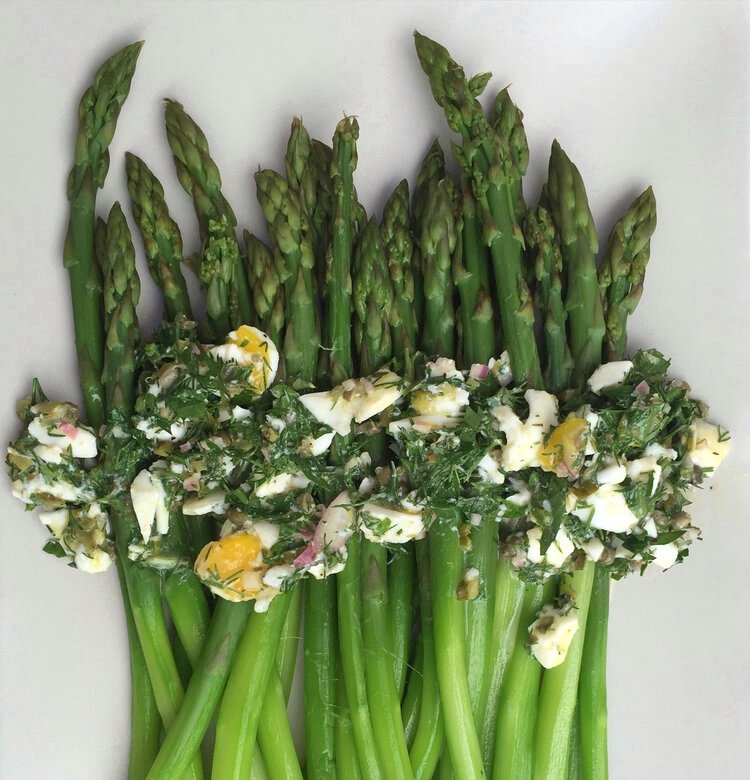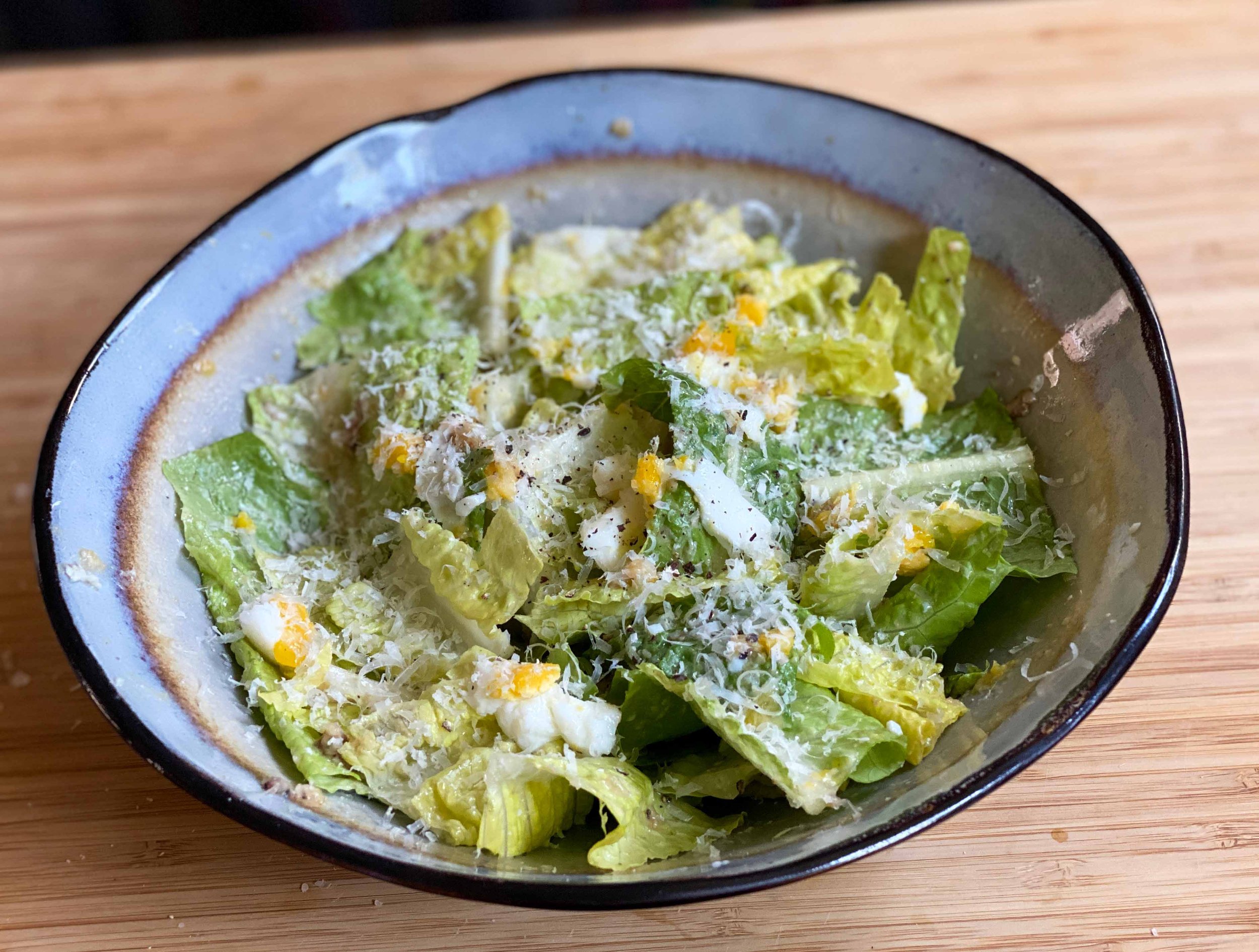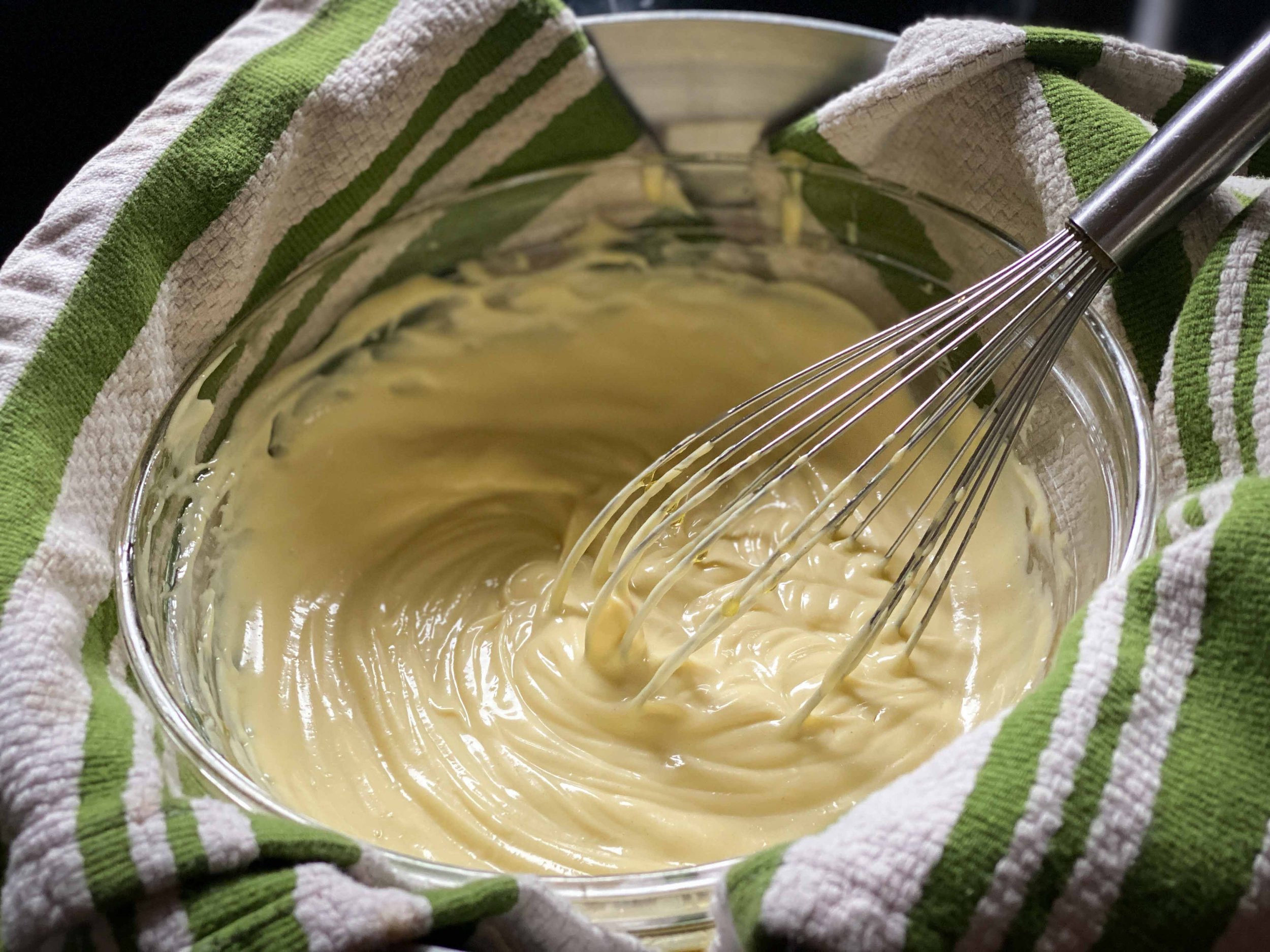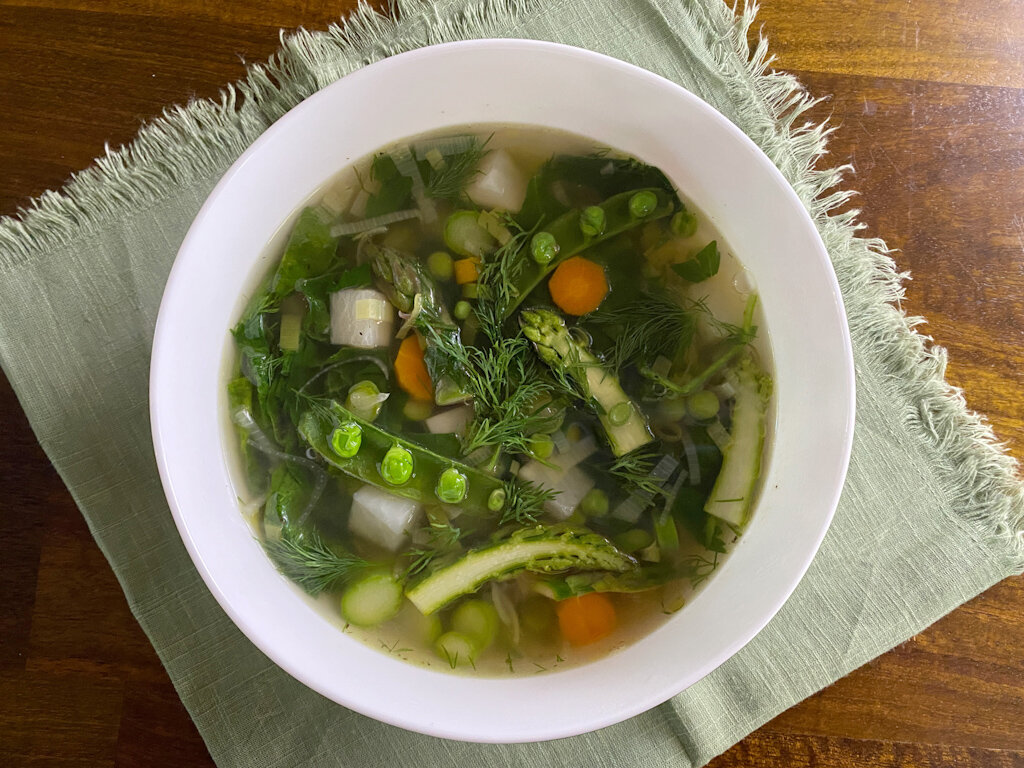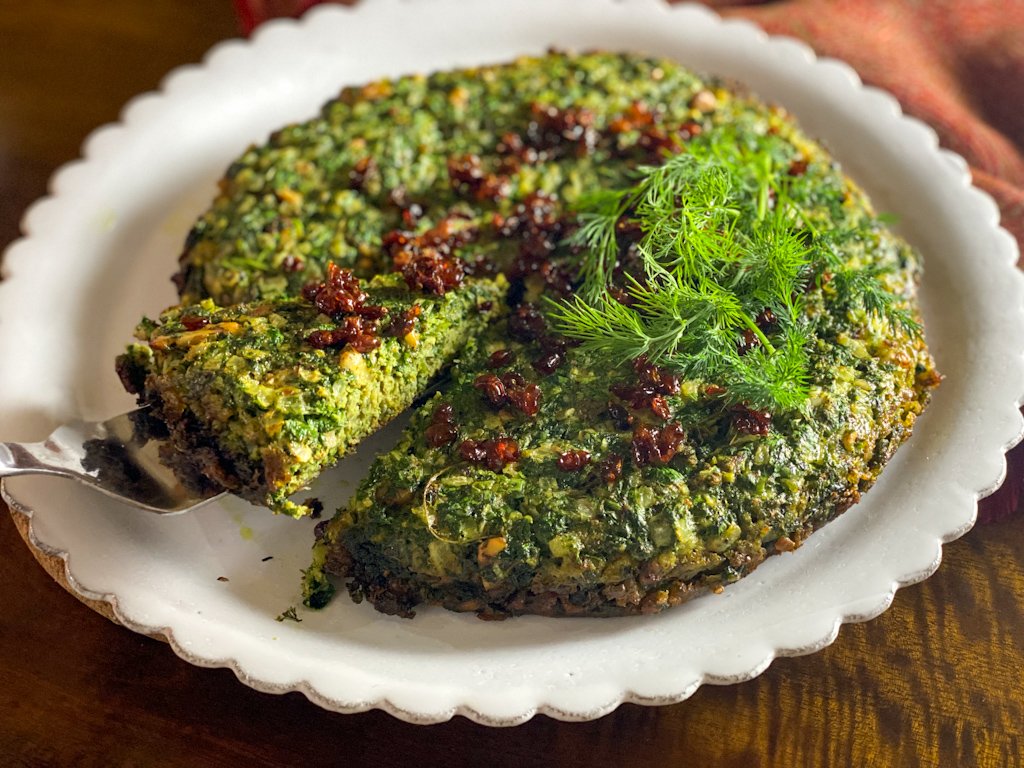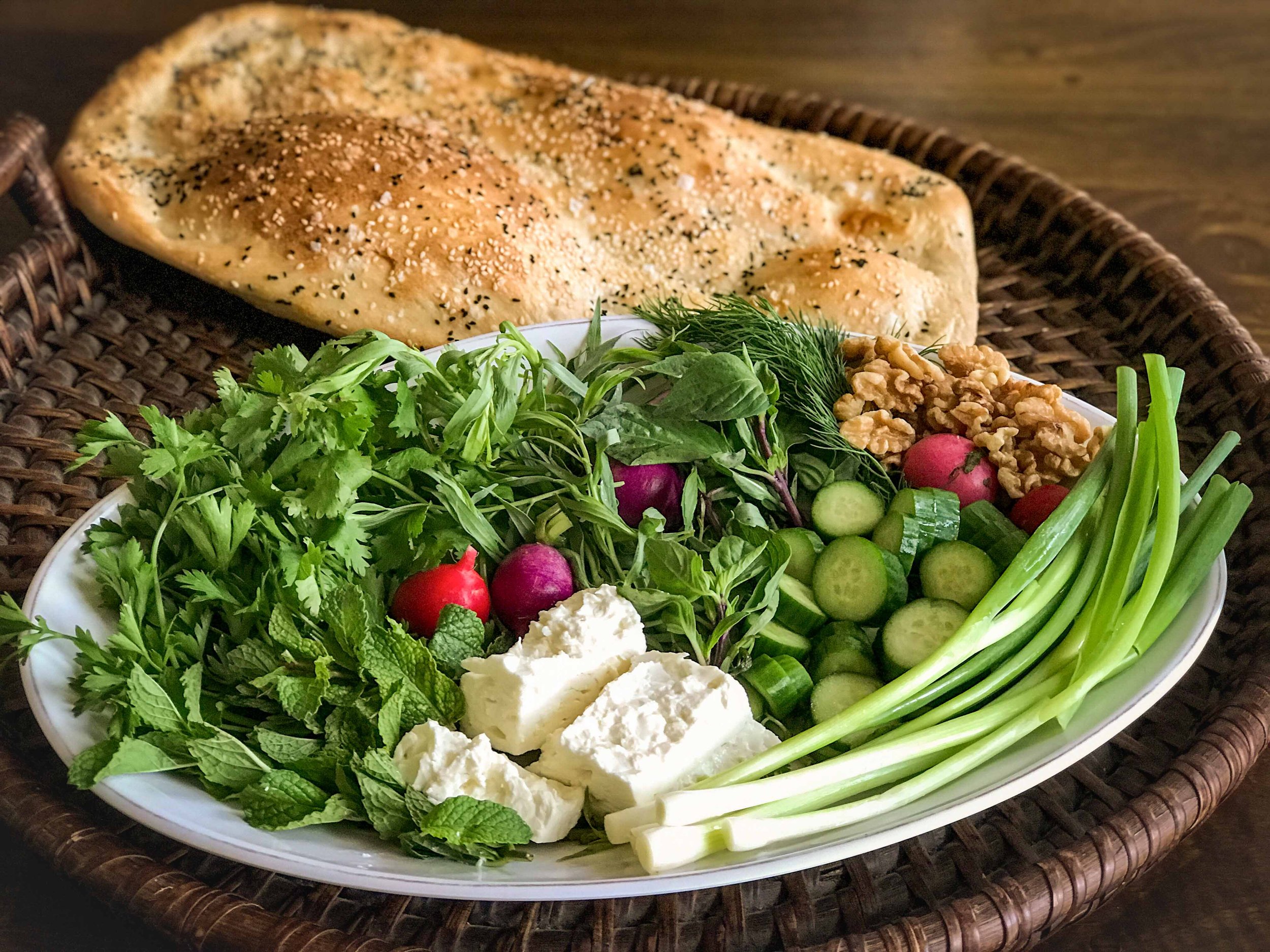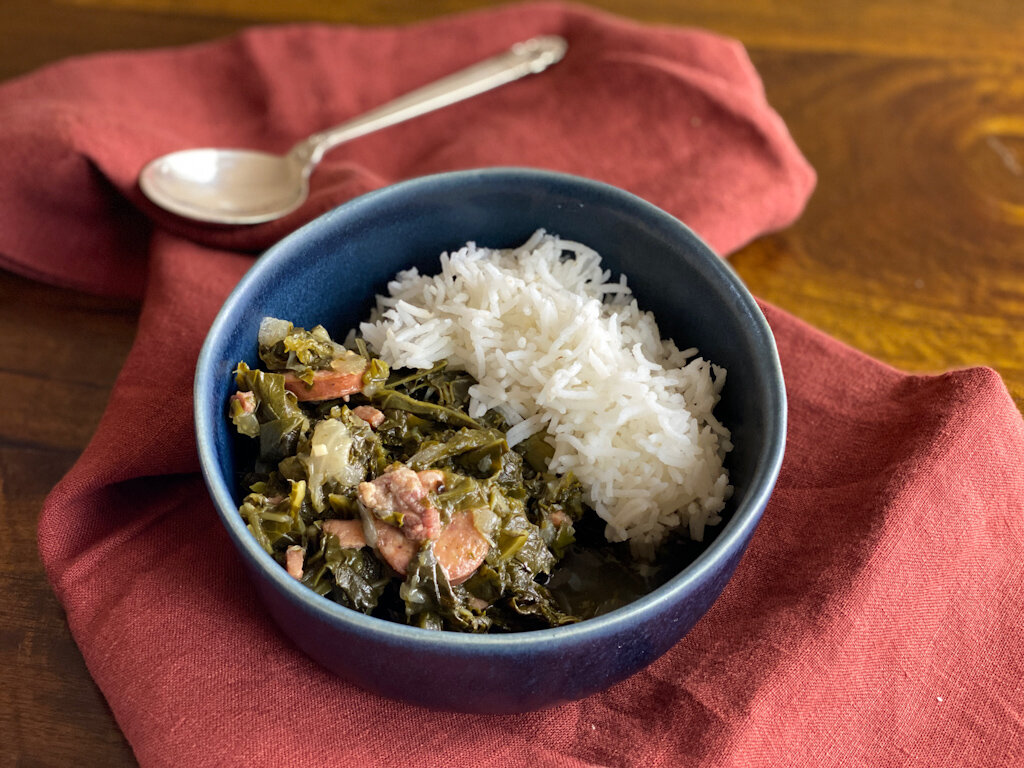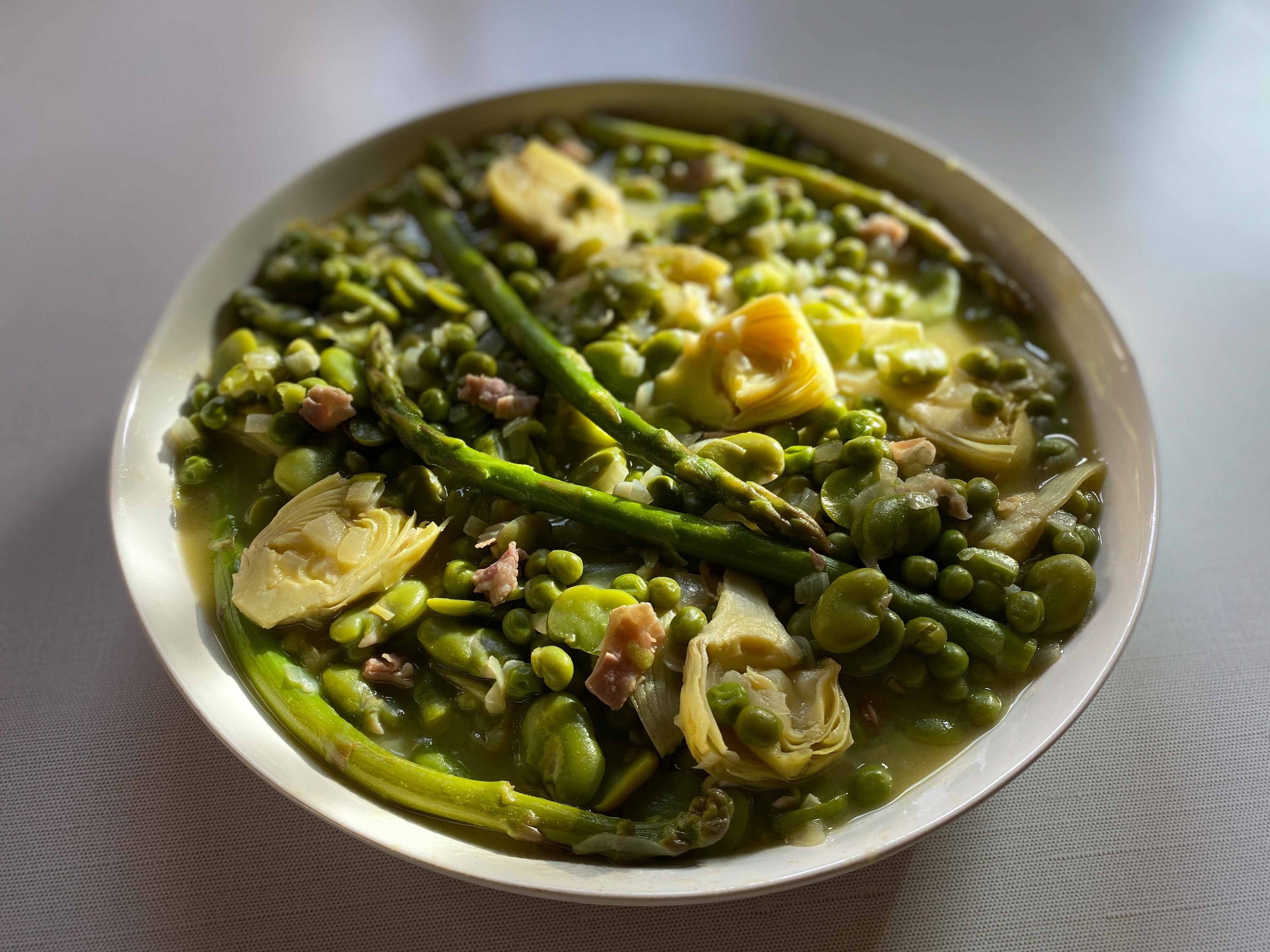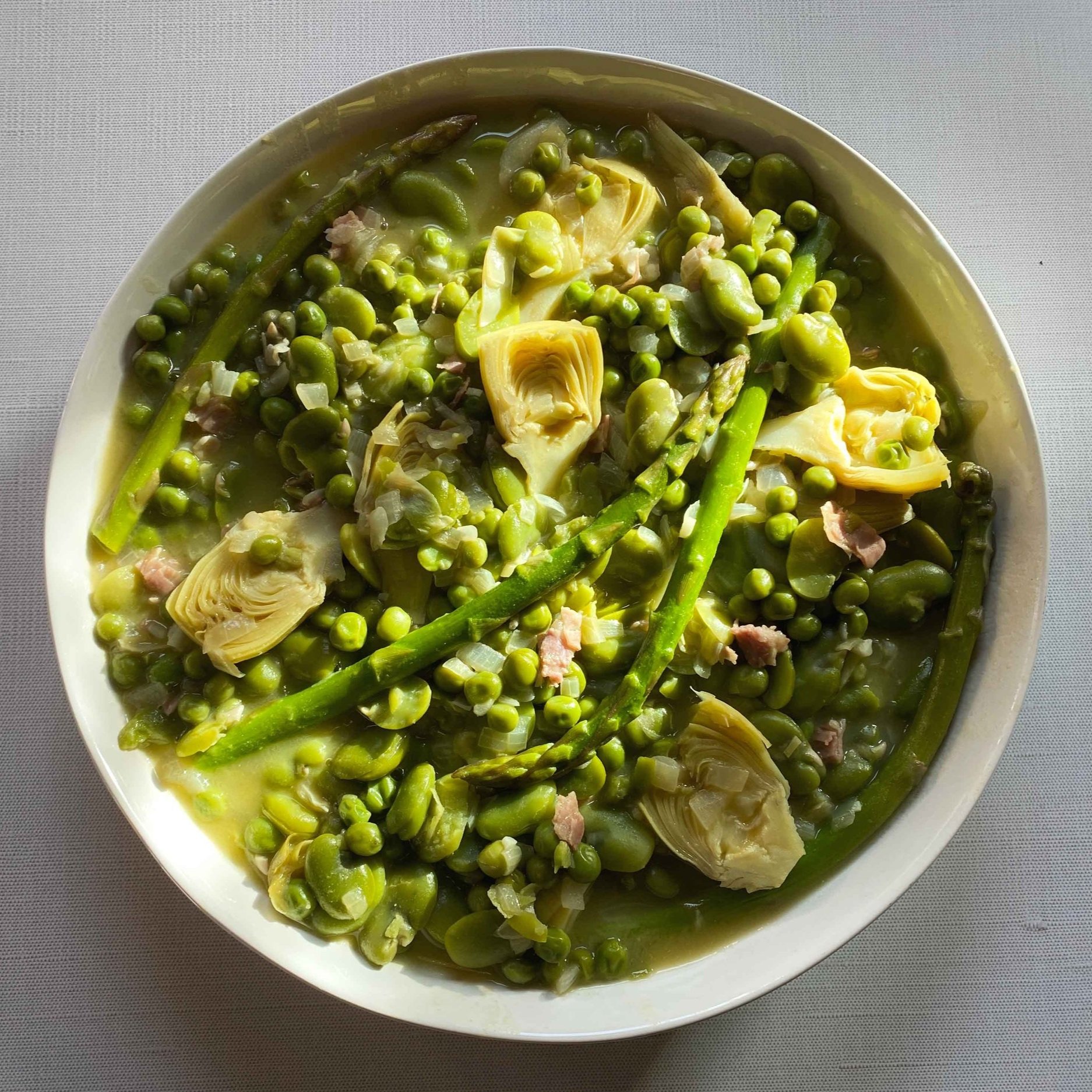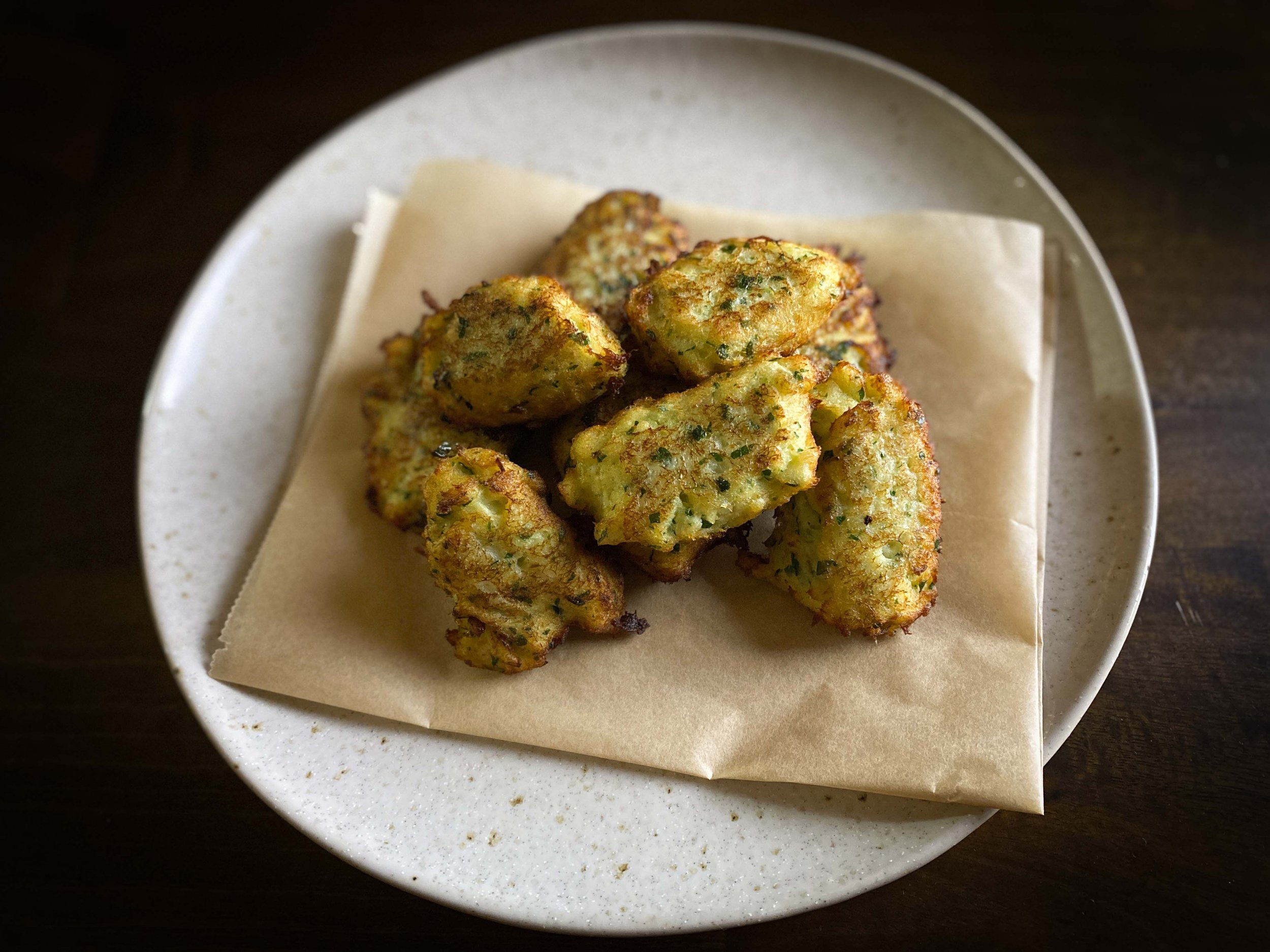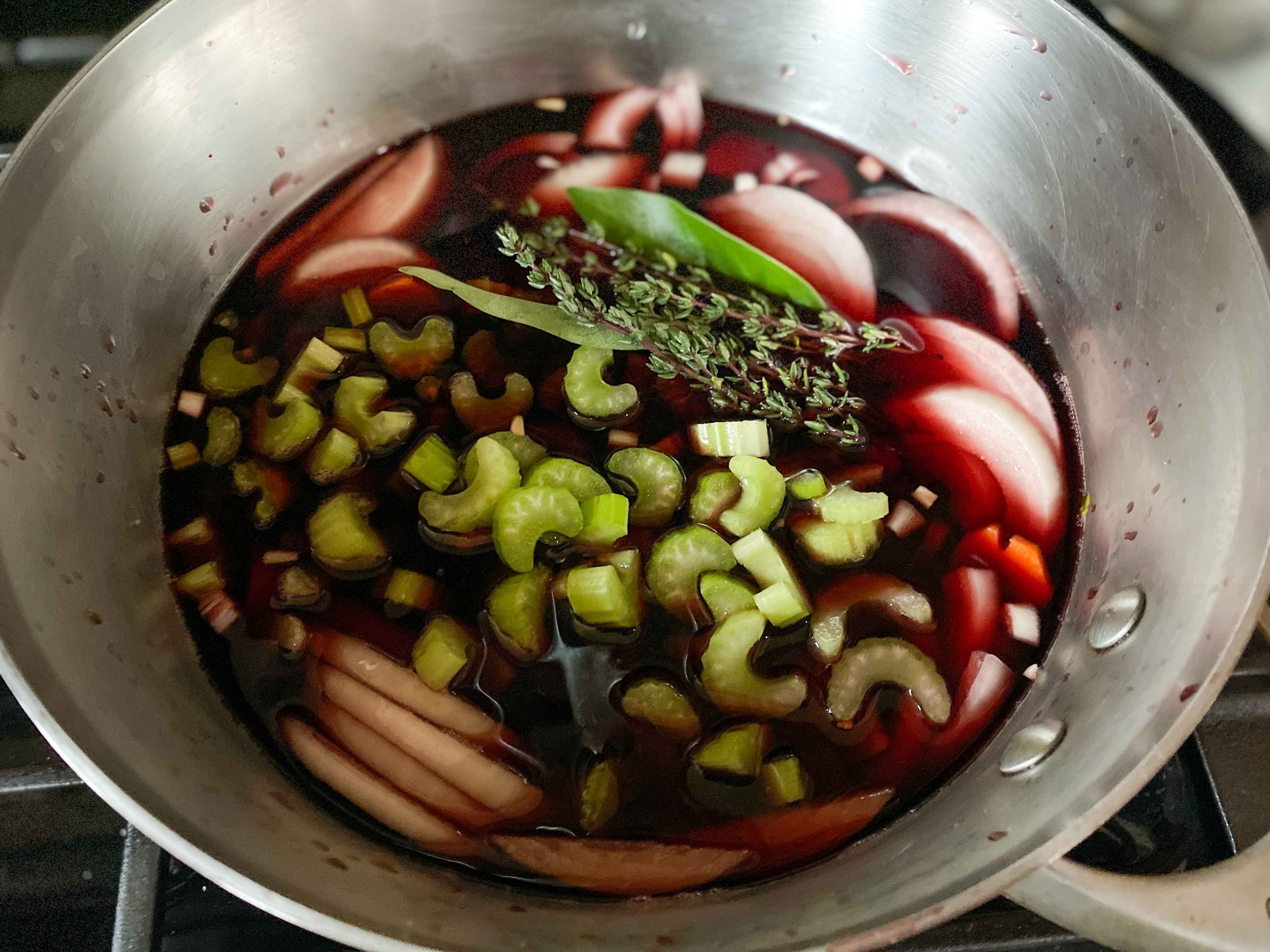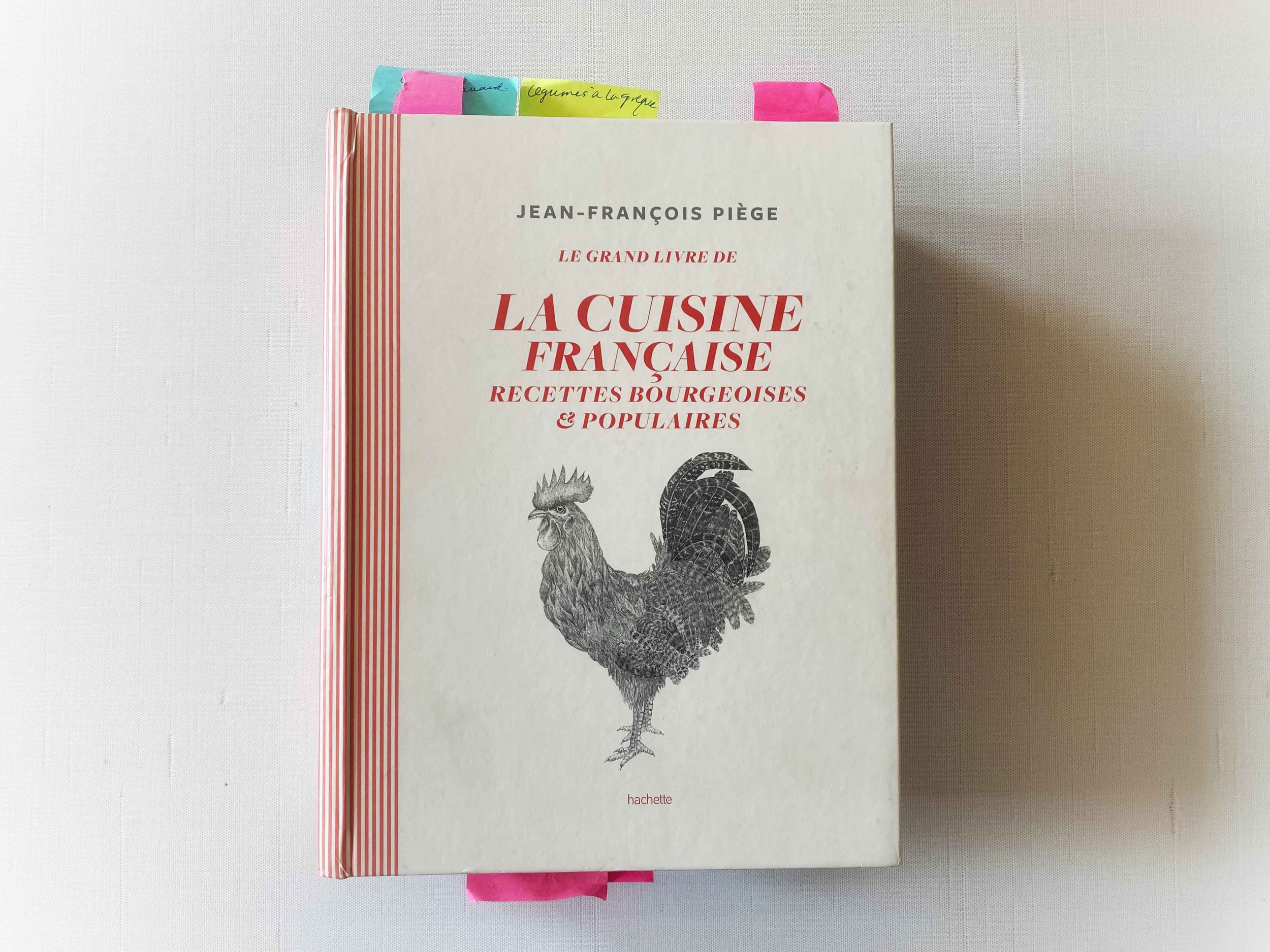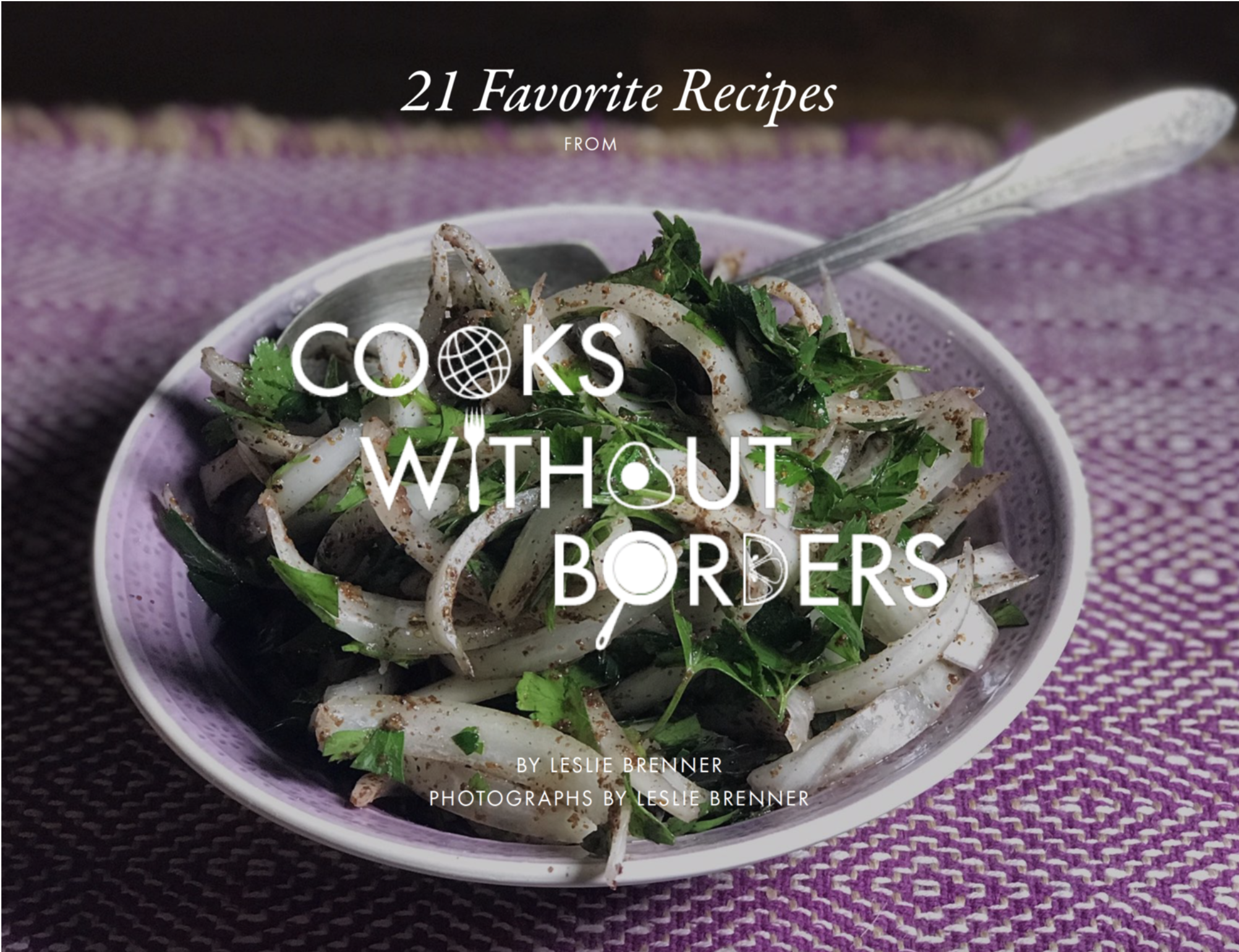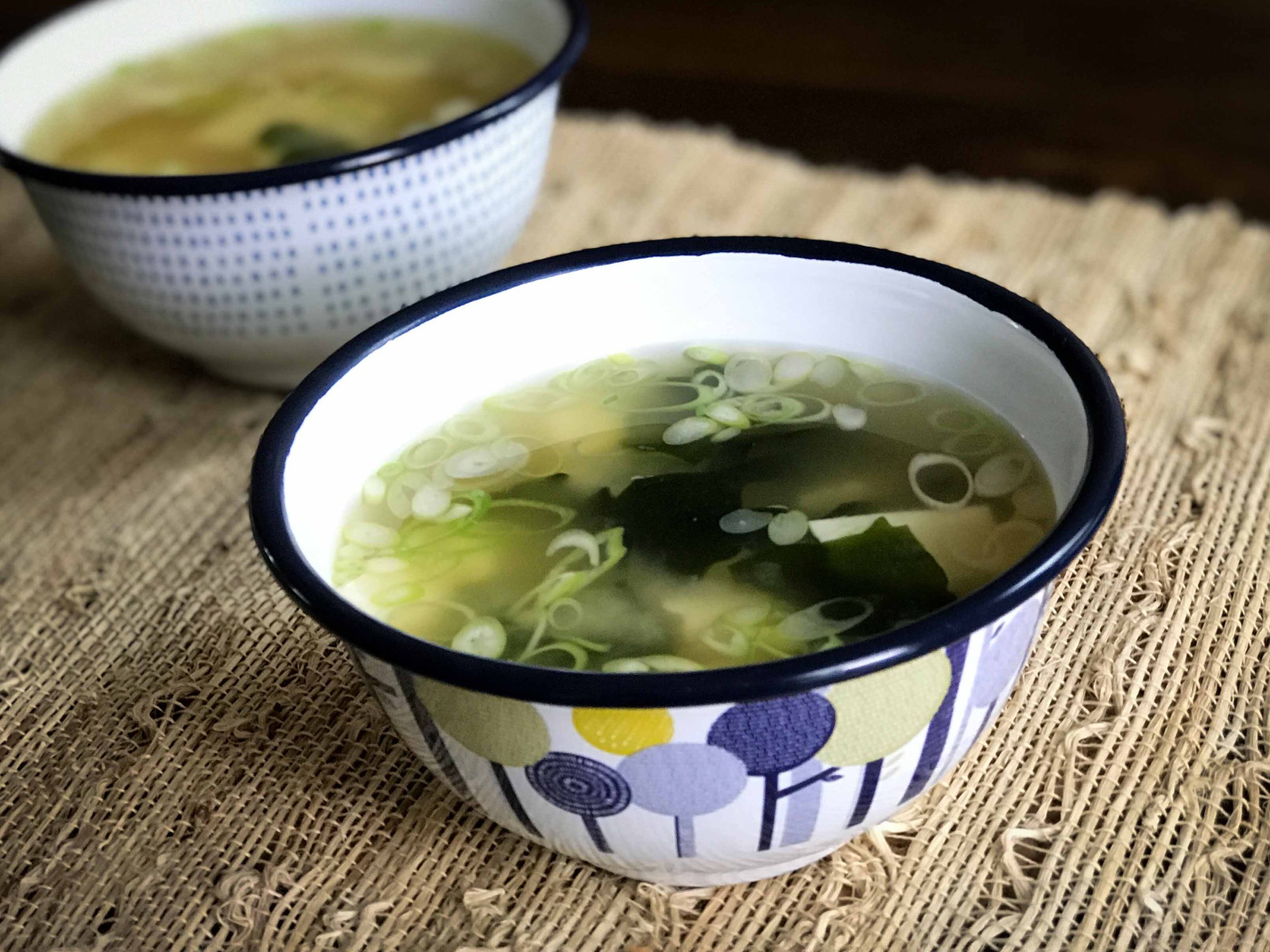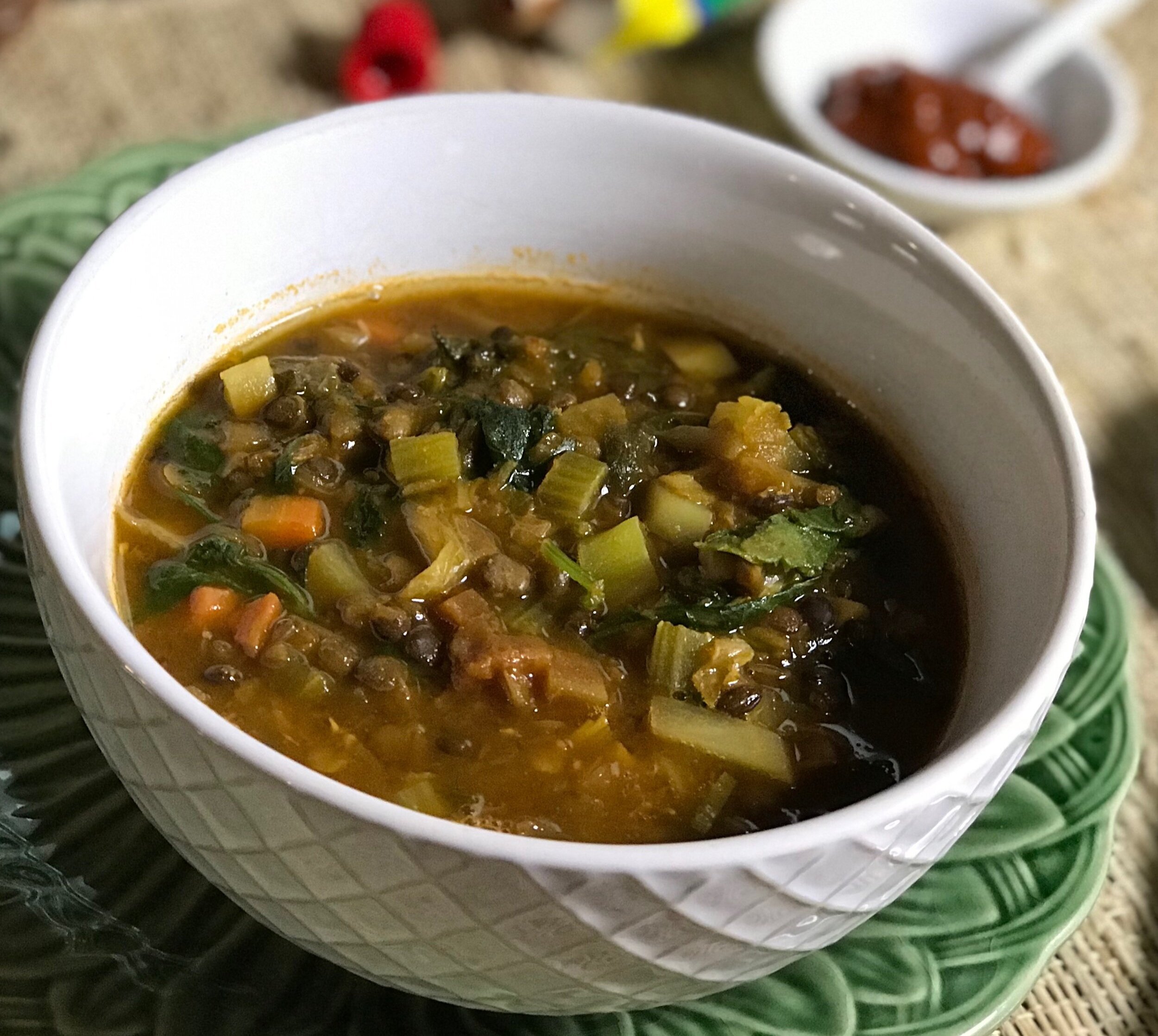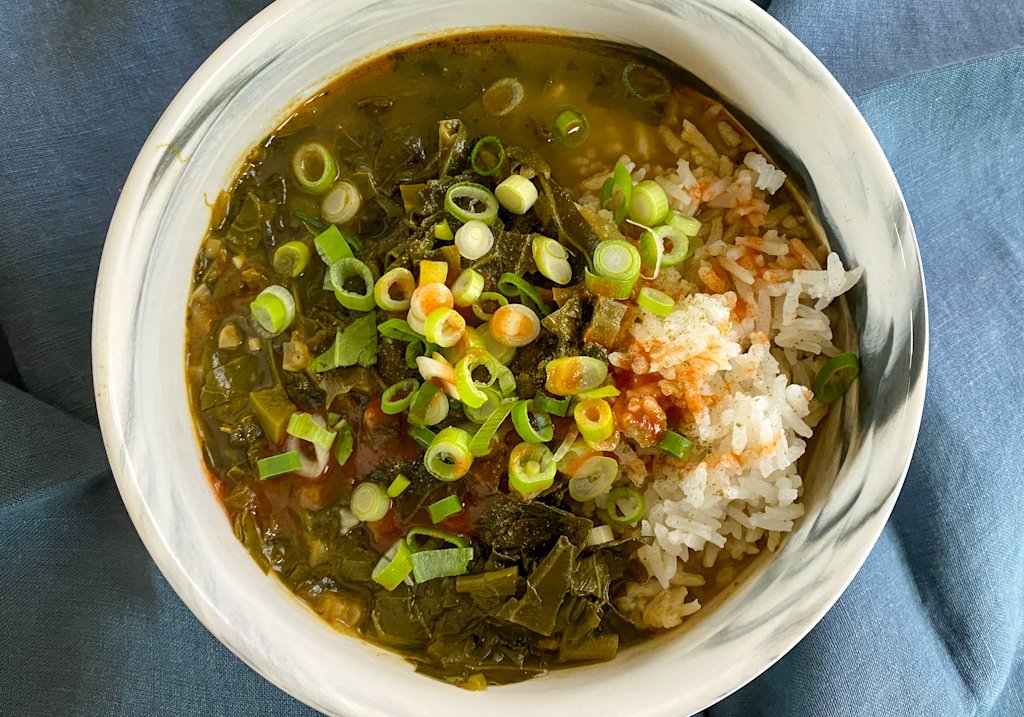By Leslie Brenner
[Editor’s note: This is the first installment of a multi-part series. Updated June 22, 2023.]
There’s nothing more enticing than a gorgeous ceviche.
Maybe it’s one starring satiny sliced scallops, bathed oh-so-briefly in coconut and lime, consorting with velvety avocado slices. Or maybe it’s luscious bonito, with cancha (toasted corn nuts), sweet potato and cucumber. Or vermilion snapper, with flecks of tomato and cilantro and slivers of red onion. Or a vegan one, featuring hearts of palm, chile threads and radishes.
At their best, ceviches are cool, vibrant, alluring and expressive. The fact that they’re so exciting and inventive in their ostensible birthplace, Peru, is arguably the reason Lima has become such a culinary hot spot over the last decade. Peru’s northern neighbor, Ecuador, is all-in with ceviche culture, too, as is Mexico — including with aguachile, a type of ceviche. As chef Douglas Rodriguez pointed out in The Great Ceviche Book (2003, revised 2010), variations are also enjoyed in coastal towns throughout Central America, South America and the Caribbean.
Dazzling ceviches have broken out of Latin America in recent years. They first started appearing in the U.S. in the late 1980s, and they had some time in the spotlight when Rodriguez opened Patria in New York City in 1994, followed by Chicama in 2000. Now, once again, ceviches and aguachiles are having a major moment. (Not in your town or country yet? Let’s talk again in a month or two.)
On the other hand, there are legions of lesser versions rattling around in the world. At their most careless, ceviches can be pretty awful — too harsh, too acid, too relentlessly twangy. That’s because the basic recipe is raw fish plus lime juice (with some chile and salt). The lime juice, which is intensely acidic, “cooks” the fish by transforming its proteins, thereby firming up the flesh.
So what do the Peruvians and Ecuadorians know that most of us don’t?
They know how to tame the lime juice.
Here’s the great thing: If you understand how to do that, you can throw together incredibly elegant starters that’ll wow your friends and family with very little effort, usually without even turning on the stove. Perfect for summer! They can star raw fish or other seafood “cooked” with (tamed!) lime, but seafood that’s been literally cooked (maybe shellfish, squid or octopus) is welcome, too. There are even duck ceviches, and versions starring beef. Meanwhile, plant-based ceviches are happening — including in Peru. Gastón Acurio, the country’s most famous chef, gives recipes in Peru: The Cookbook for Artichoke Ceviche, and Ceviche de Champiñones (mushroom ceviche). “You can make ceviche with button mushrooms or any other type of vegetable,” he writes. “Ceviche is a blank canvas, not just a recipe.”
Ceviche’s canvas is open to all kinds of cultural inspiration and improvisation, thanks to the dish’s origin story and evolution.
In Peru, citrus-bathed raw seafood cebiches (that’s the original spelling) were first eaten in the 16th century. According to Maricel E. Presilla’s authoritative Gran Cocina Latina, bonito and baitfish (such as anchovy) were marinated in juice squeezed from Seville (bitter) oranges, the first citrus to be brought to the New World from Spanish colonists. In the second half of the 19th century, Japanese immigrants brought their culinary ideas to Peru, resulting in today’s cocina nikkei, and Chinese immigrants contributed theirs, with la cocina chifa.
But there are antecedents elsewhere in the world, such as the Philippines, whose kinilaw is “cured” in vinegar. Catalan people in Spain were marinating fish and seafood in lime, orange and vinegar as far back as the 14th century (escabeche!). Presilla refers to pre-Inca archeological sites on the coast of northern Peru where passion fruit and tumbo seeds were excavated “side by side with hot pepper seeds and the remains of shellfish and fish bones.” Not a citrus-juice situation, but it suggests fruit-juice-and-chile-marinated fish; tumbo is an acidic fruit.
All of which is to say that with so much cross-pollination, ceviche is a culinary canvas on which cooks of every culture can feel comfortable painting.
You can certainly use the recipes that follow — one with this article, and others in upcoming installments of this series. I’m super excited about them, so I hope you do. But once you grasp the lime-softening principal and gain a sense of the possible range of ingredients (coming in future installments), you’ll also have what you need to improvise based on whatever fabulous seafood catches your eye and whatever other ingredients appeal. Stunning success is practically assured.
The principle
I had my first ceviche-taming lesson about 10 years ago, when my friend Bradford Thompson (a James Beard-Award winning chef) visited us at our home in Dallas. We’d invited him for dinner, and he showed up with ceviche components, including gorgeous diver scallops. I can’t remember what else was in the particular ceviche he threw together (he can’t either), except that it definitely relied on coconut water — yes, to soften the lime juice. The result was spectacular: suave, soft and lightly tangy, and tasting gently of the sea. And the texture of those scallops — which only got a quick coconut-lime bath — was magnificent.
It was an ocean apart from the usual white fish cooked in straight lime to toughness.
I adored that ceviche, but somehow it took me a decade to synthesize why it was so good: not simply because the coconut water made it nice, but because the coconut water diluted the lime.

